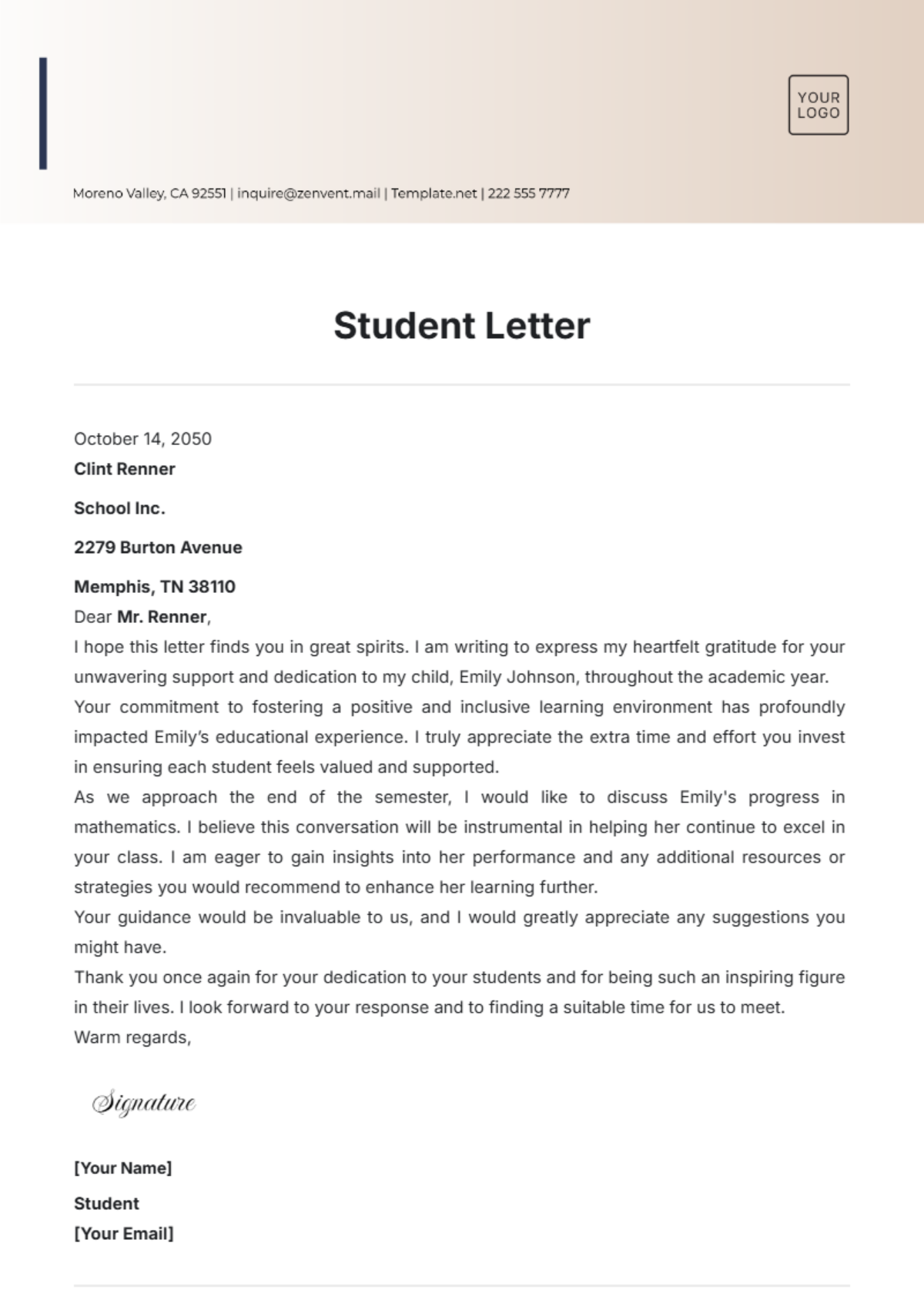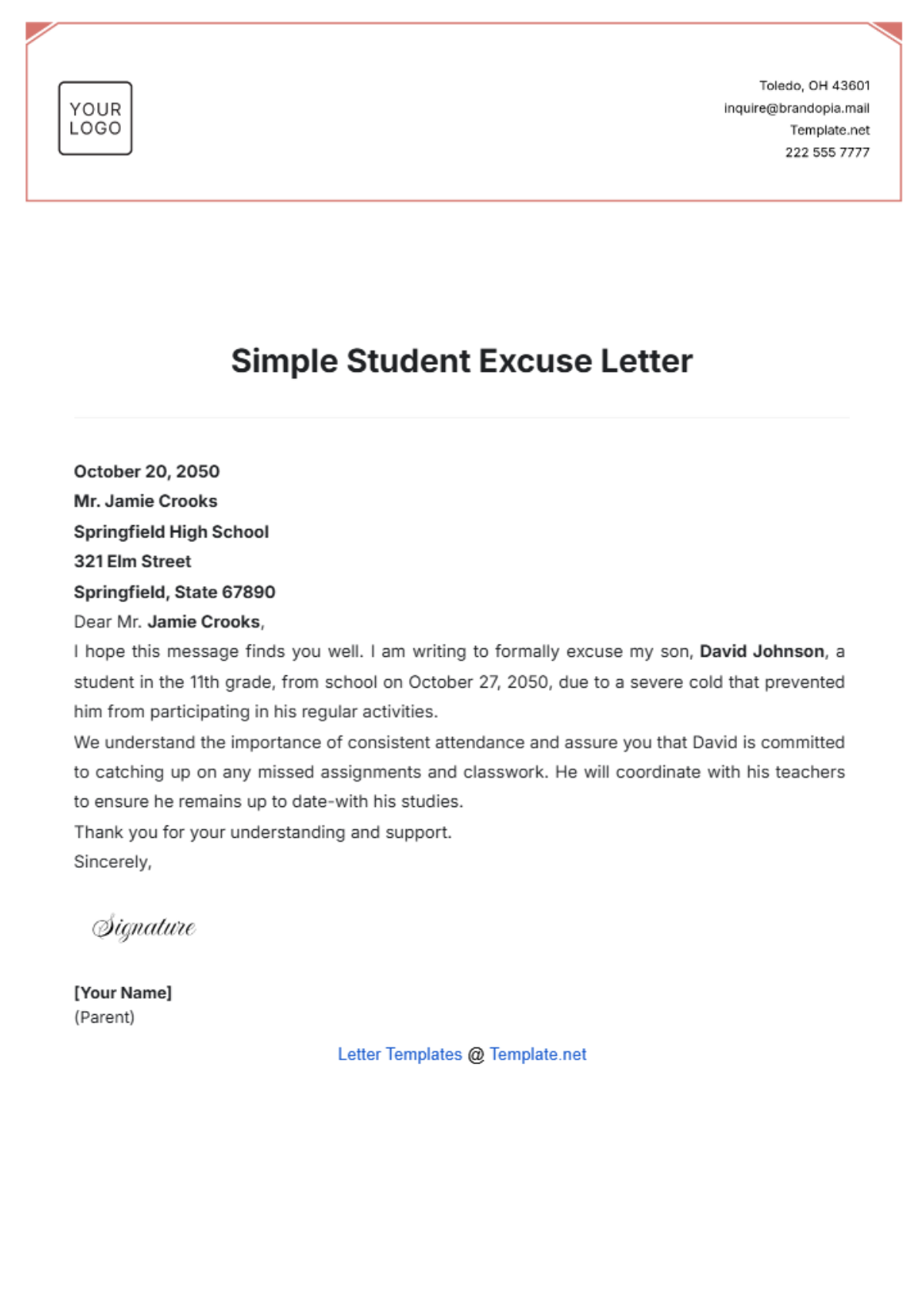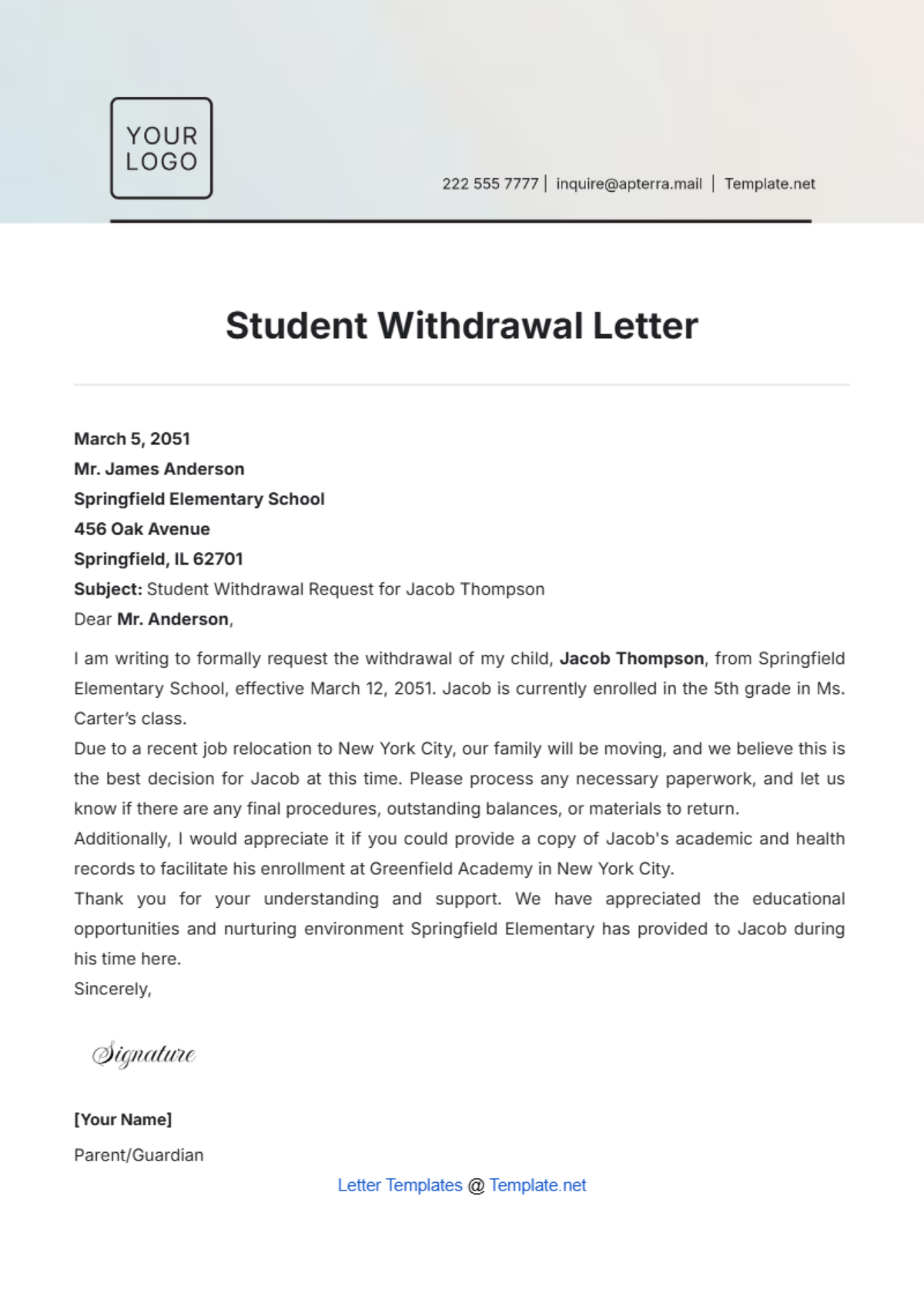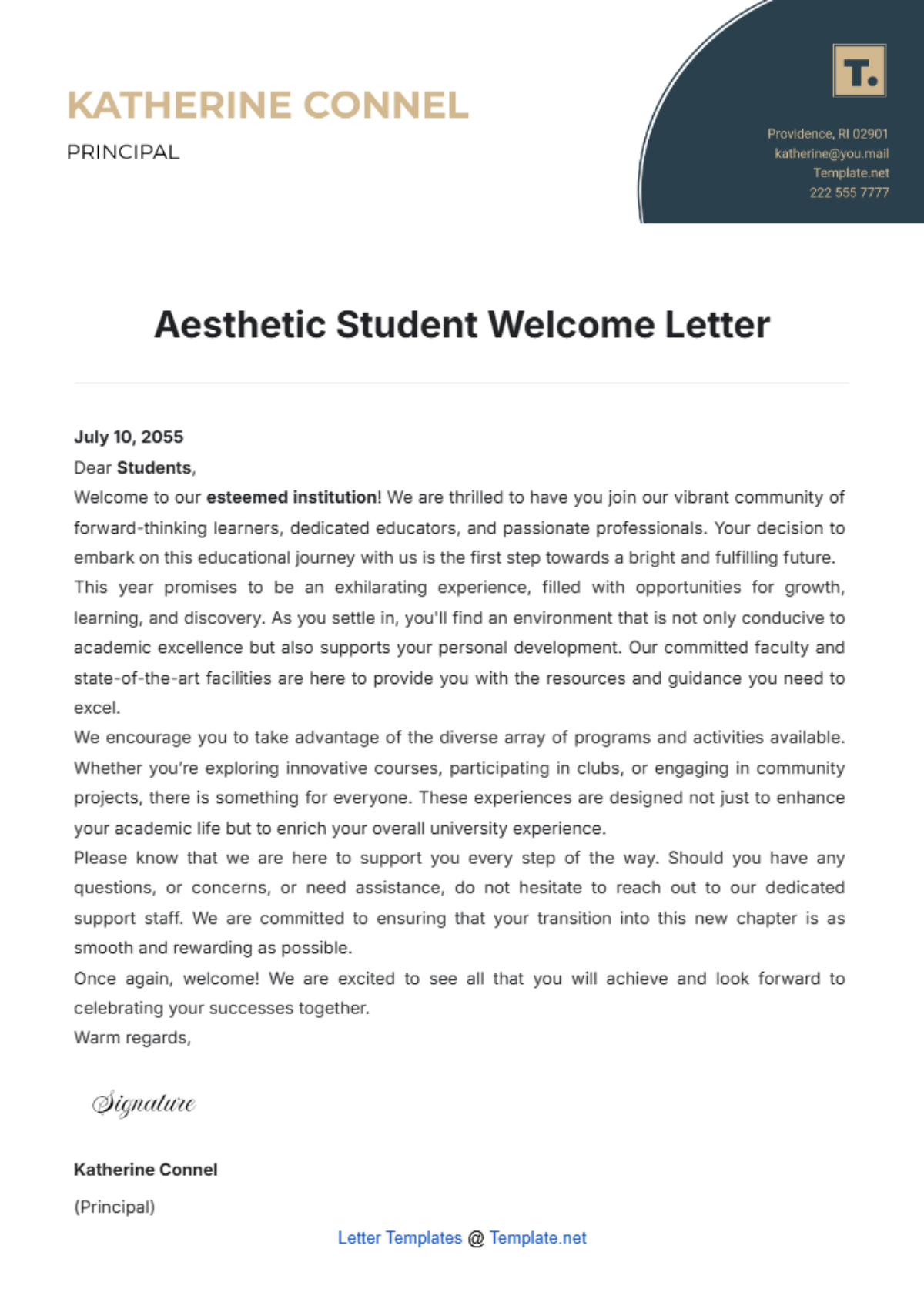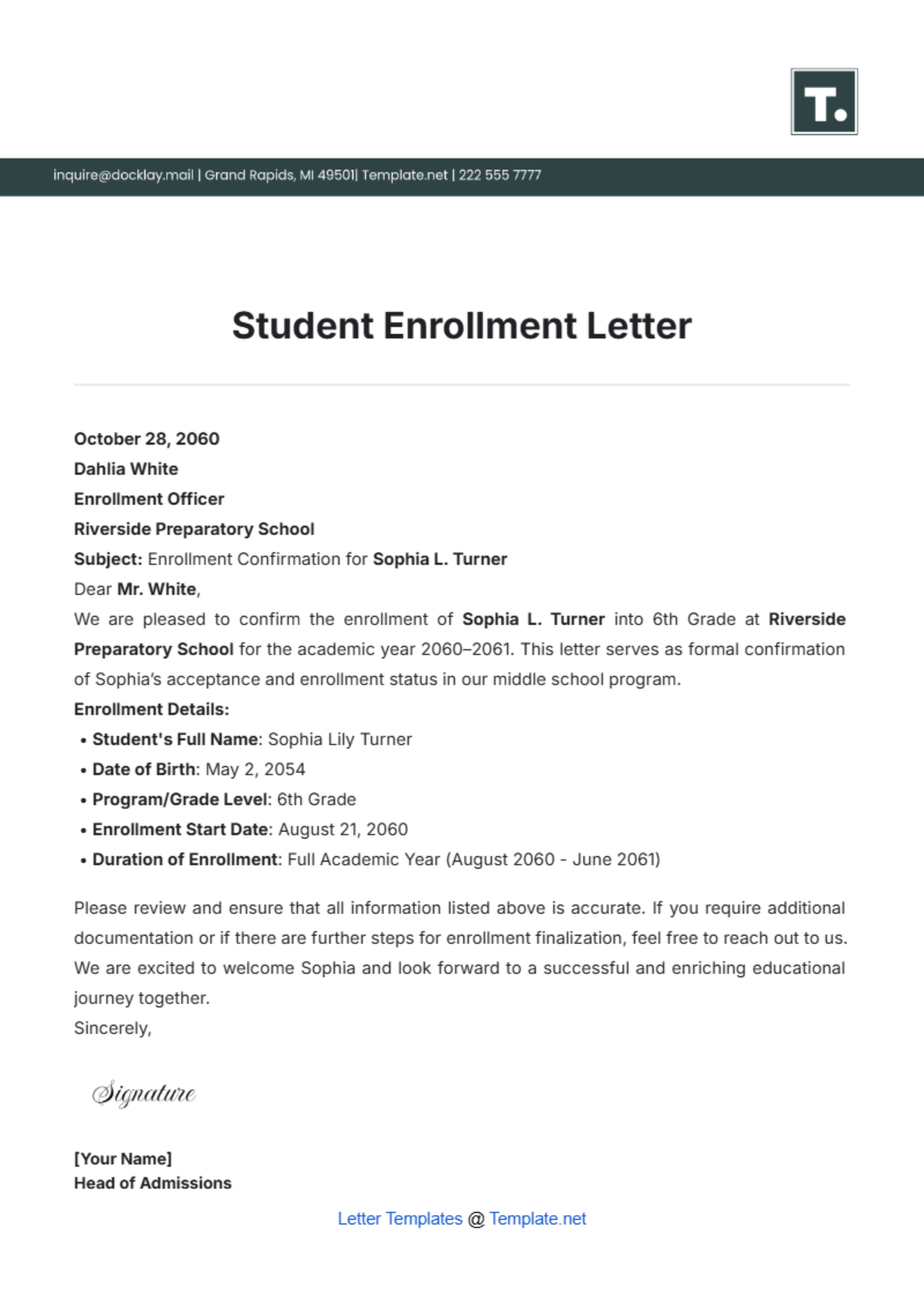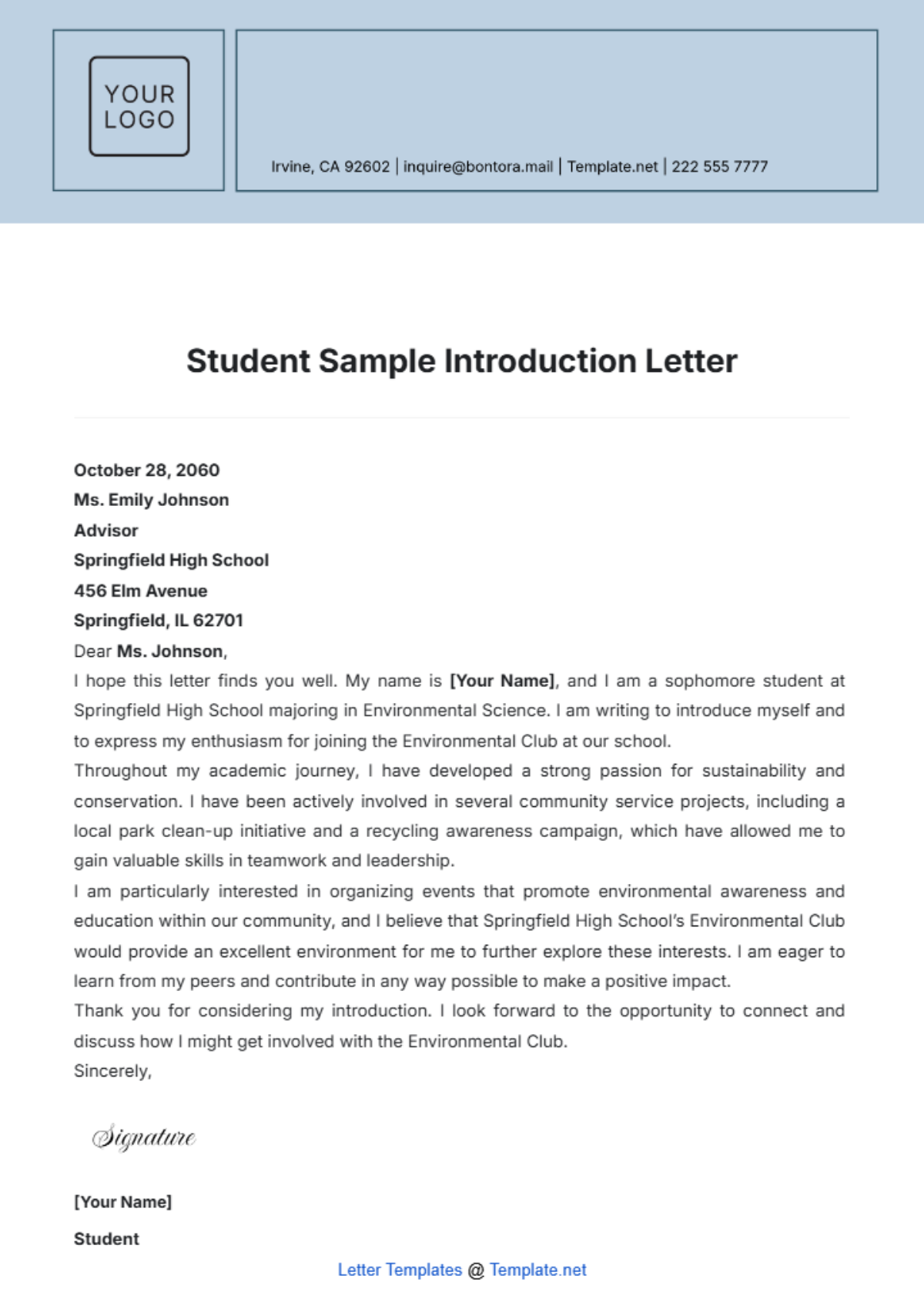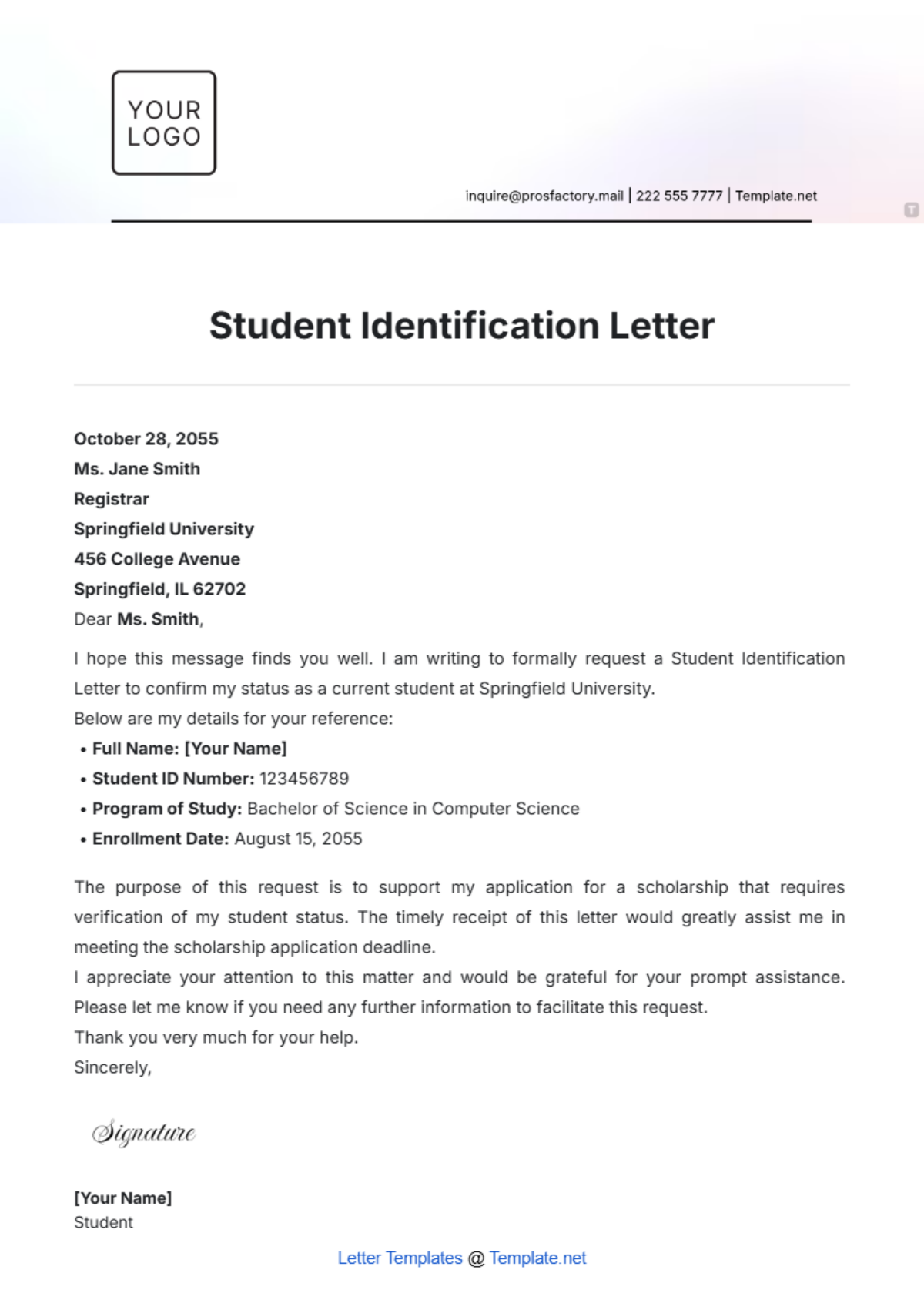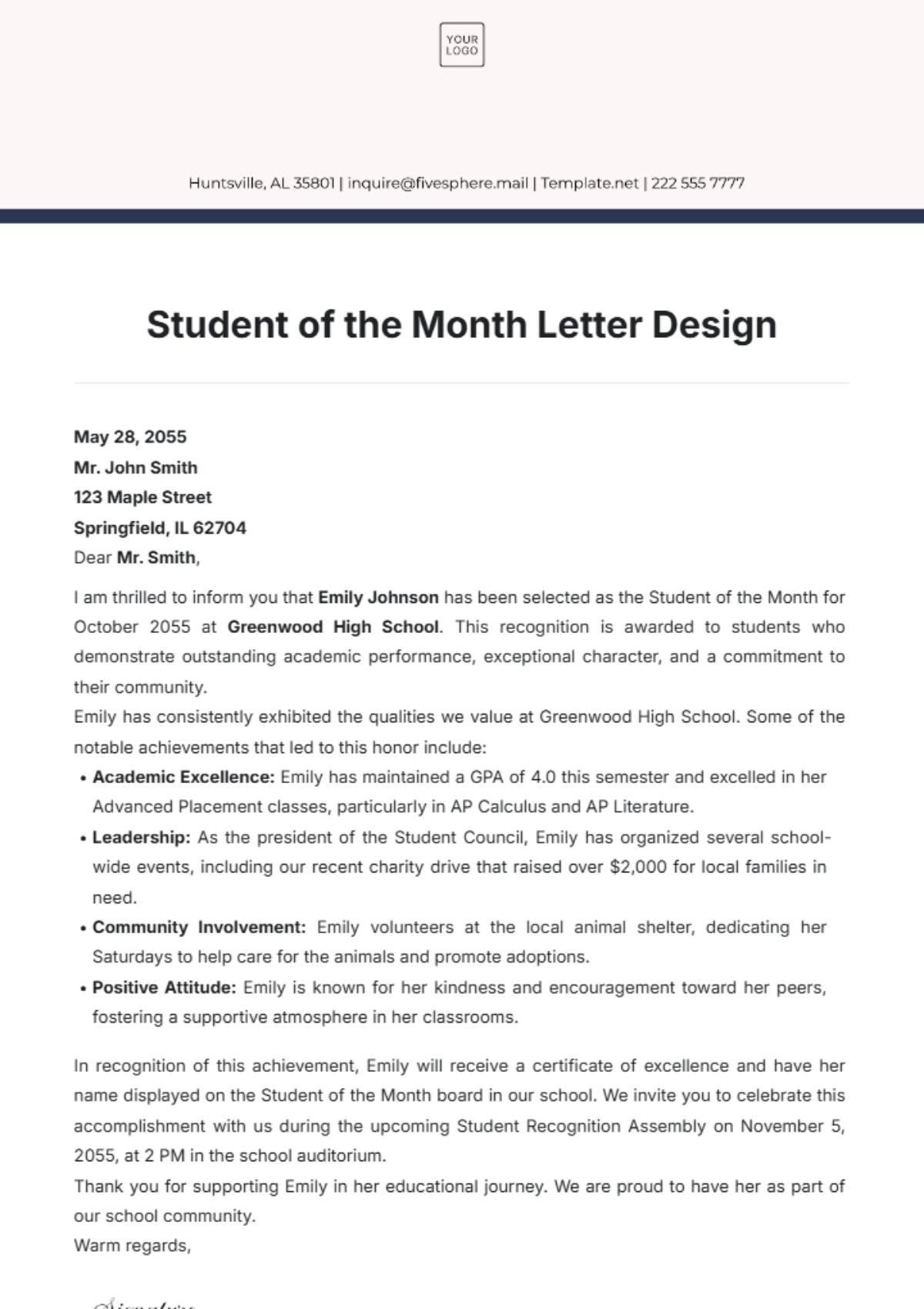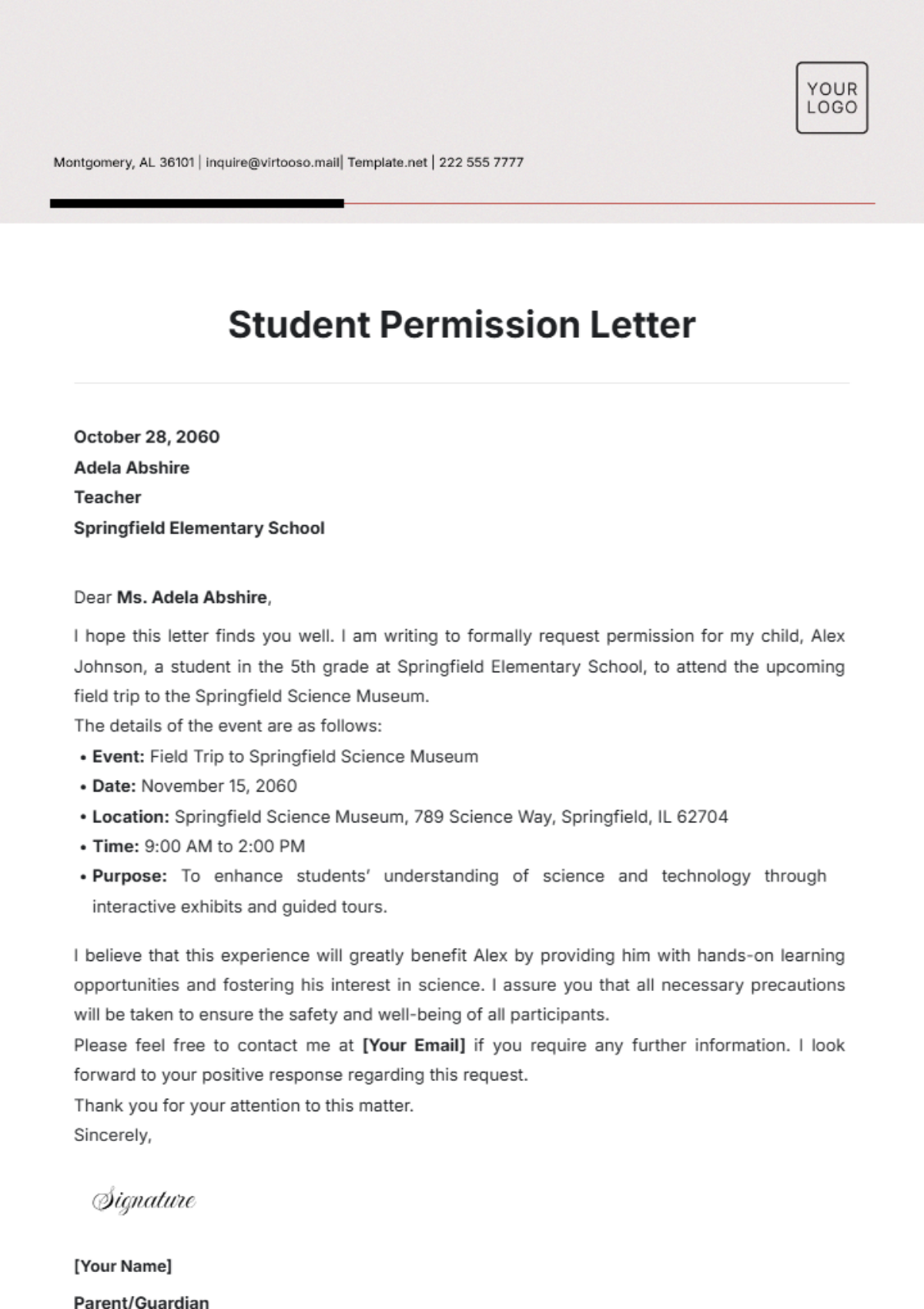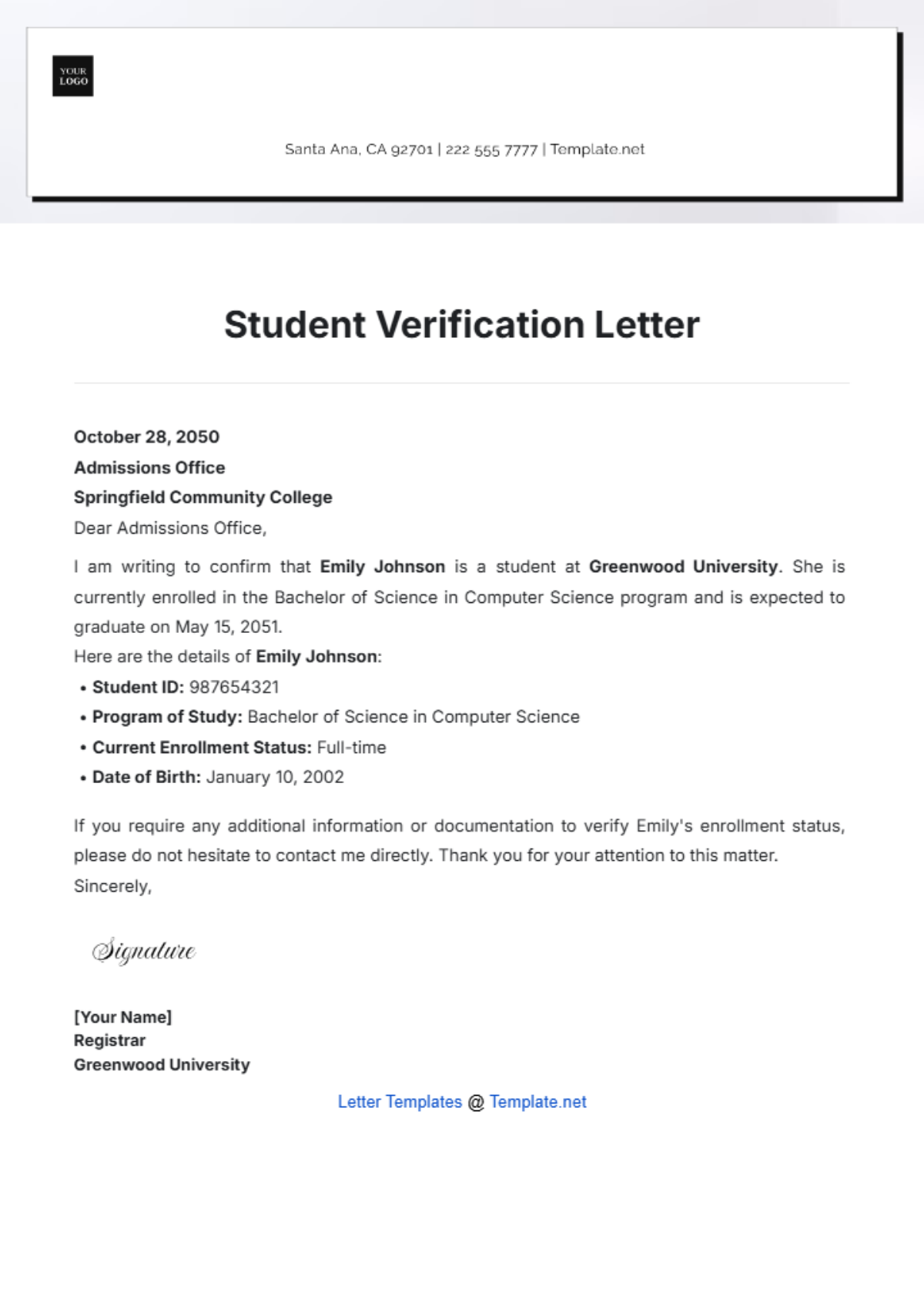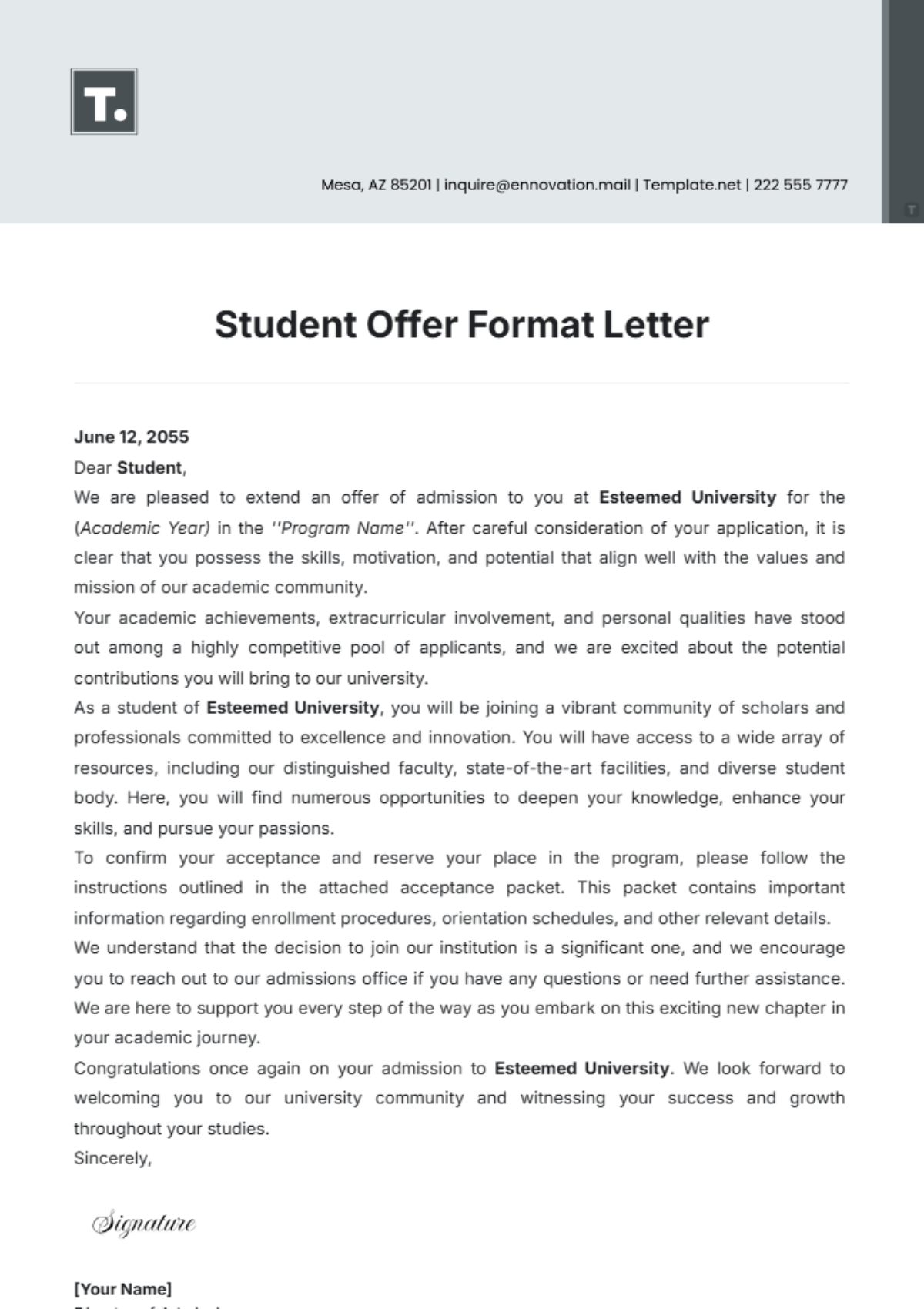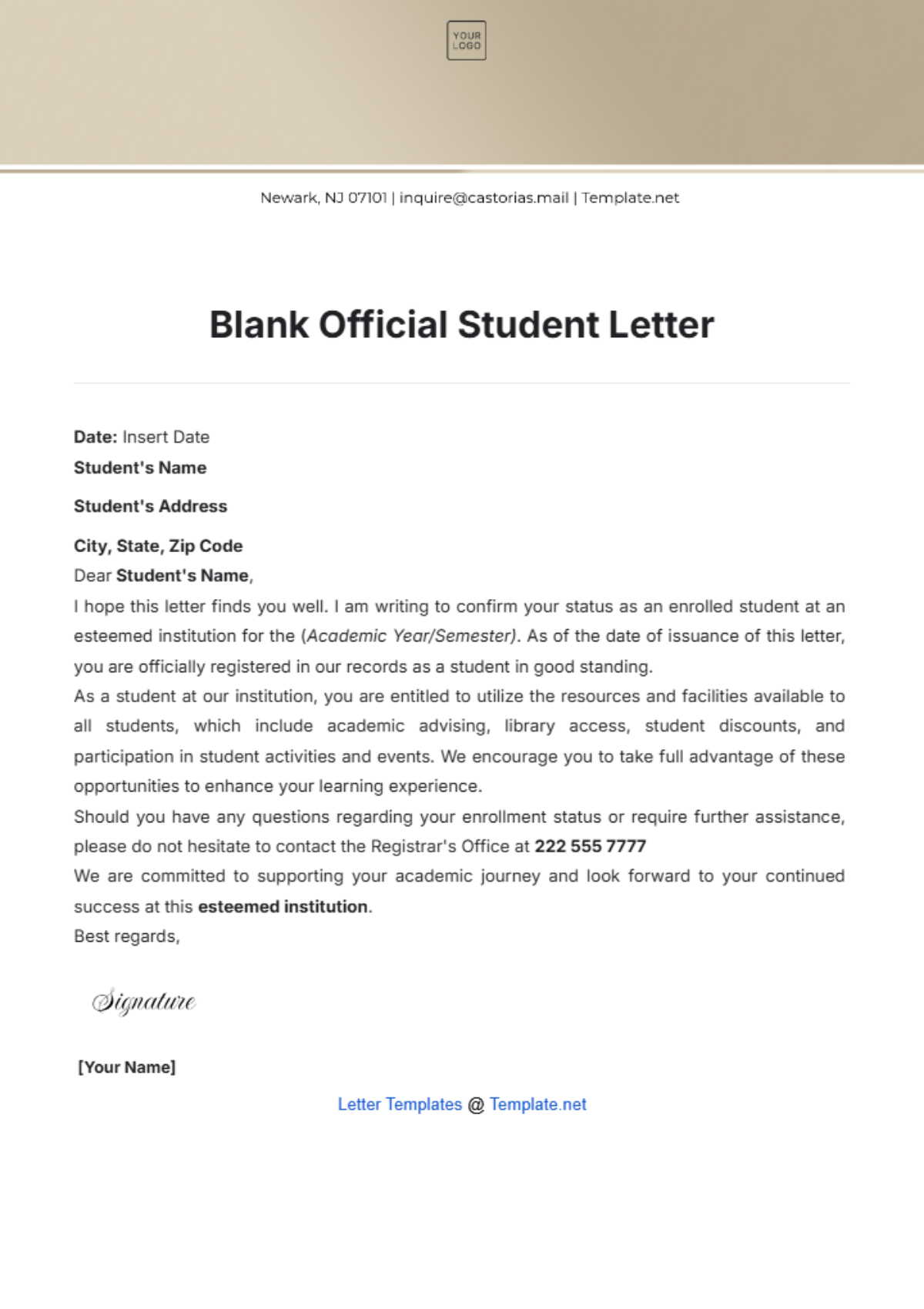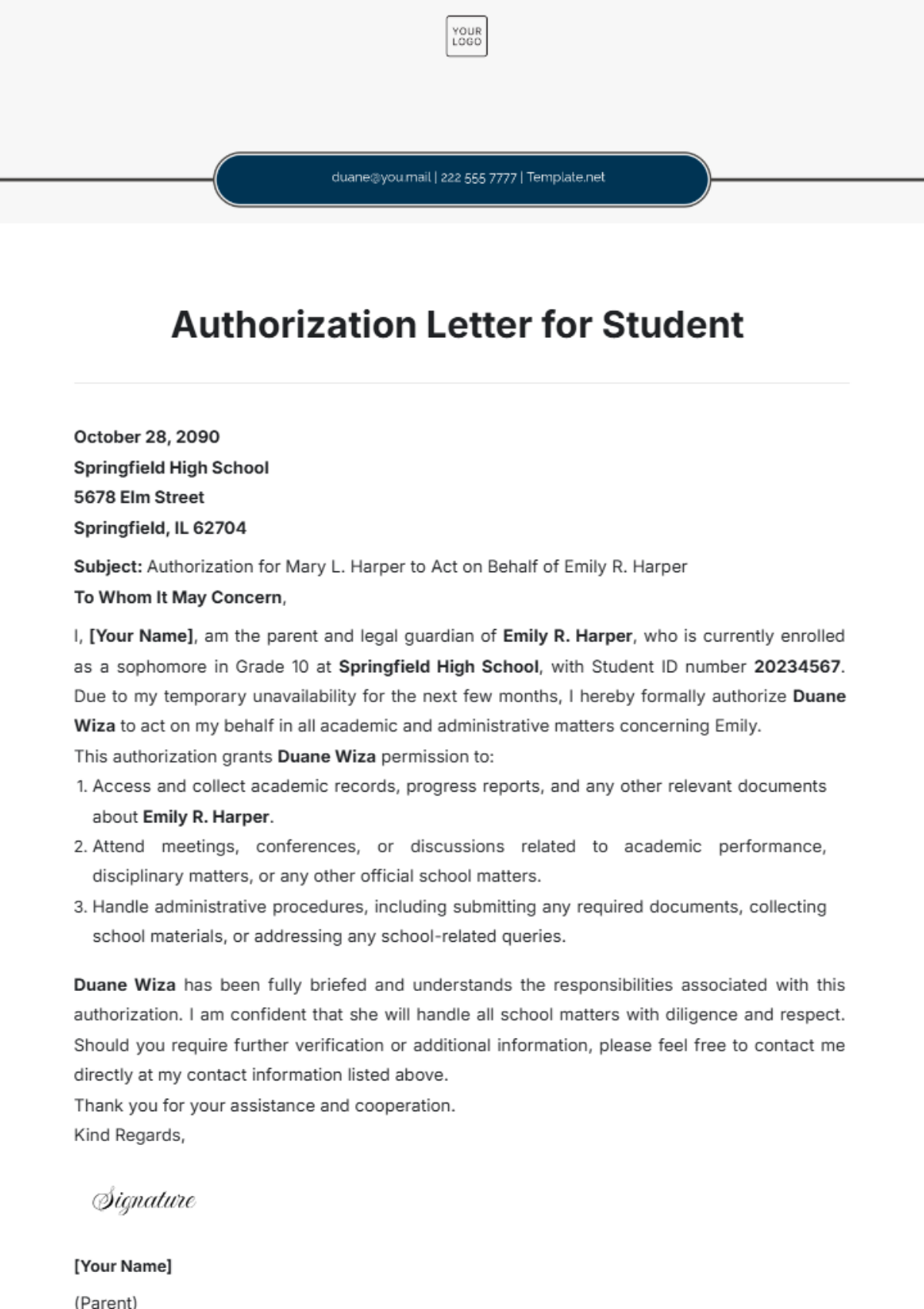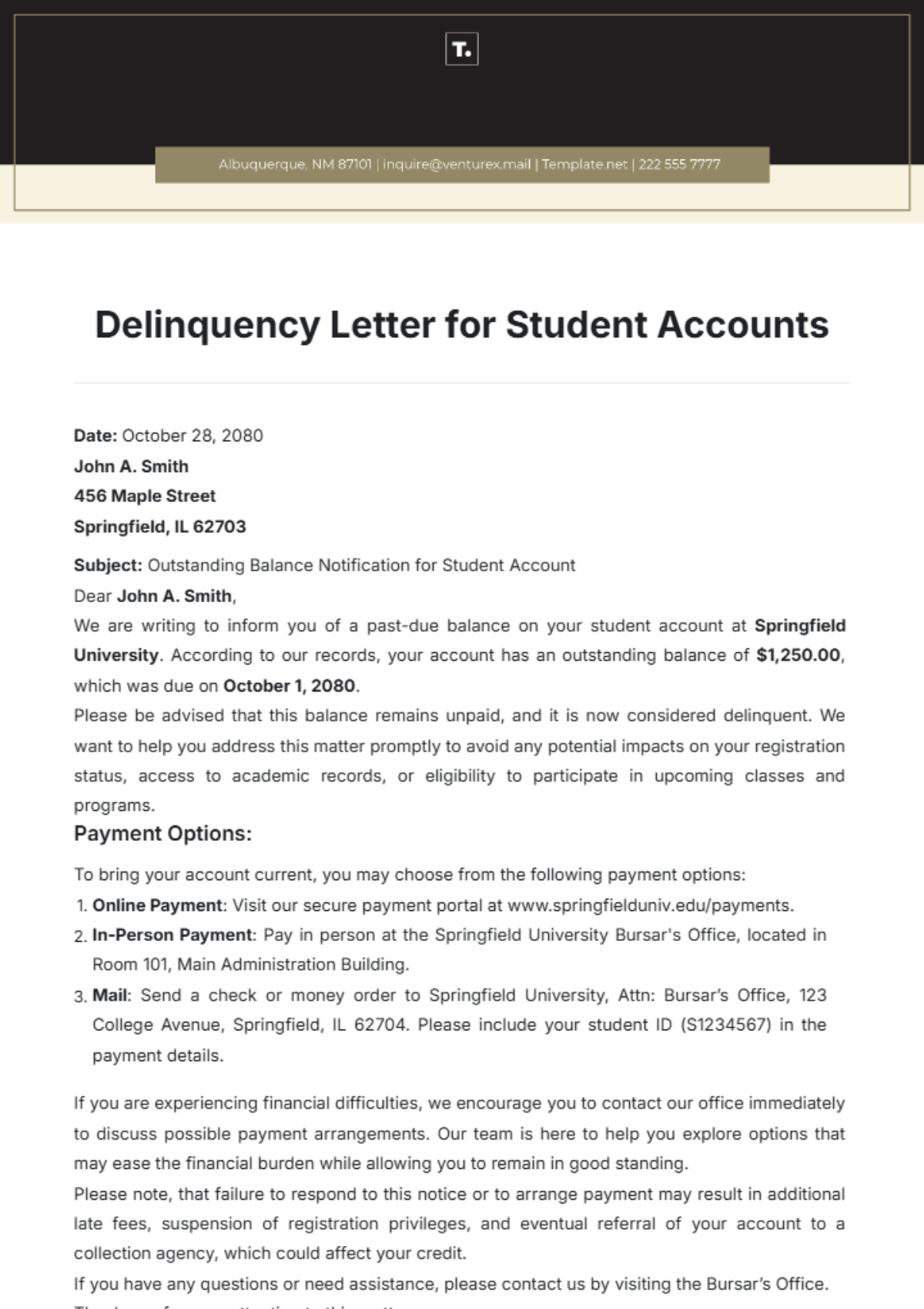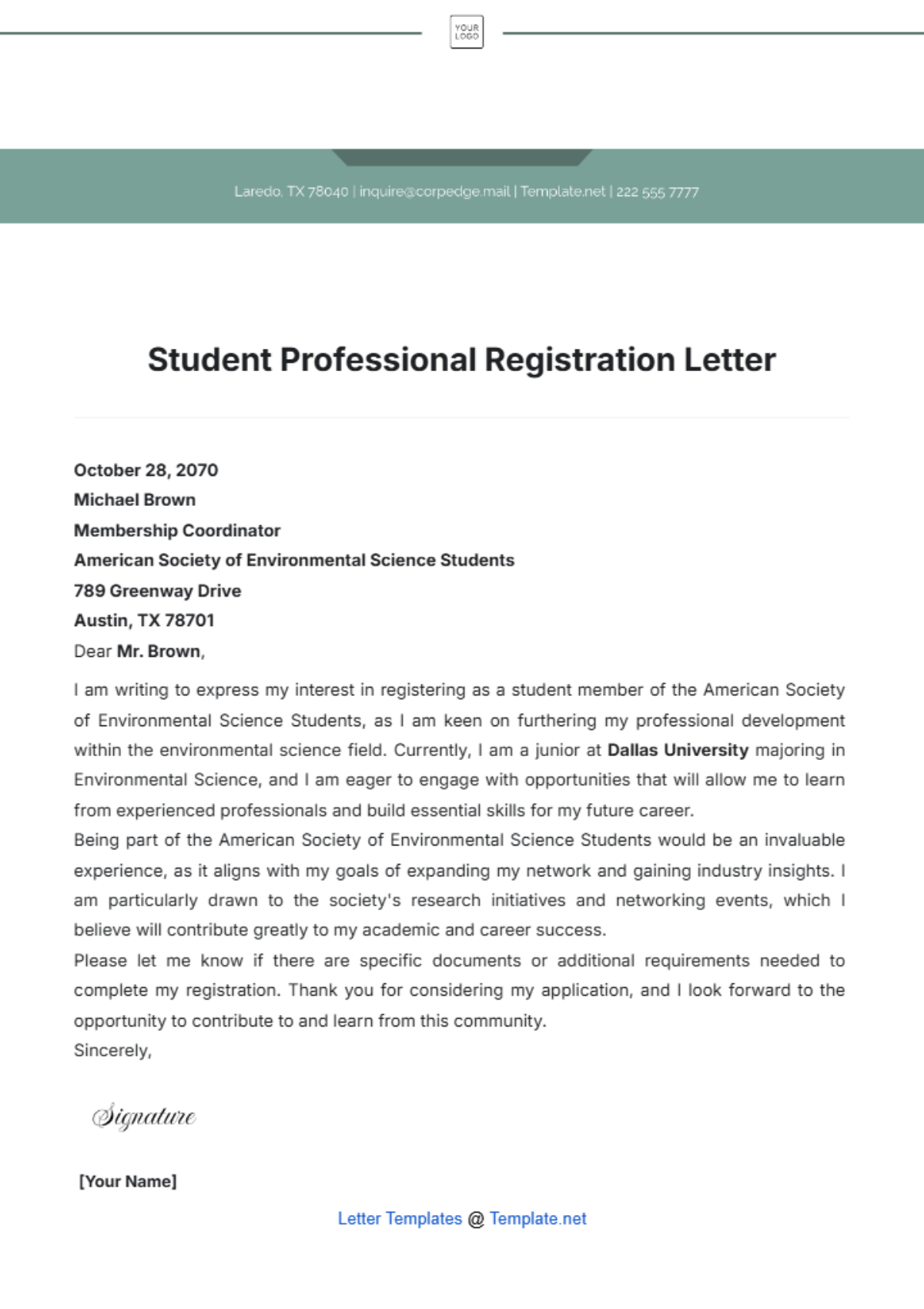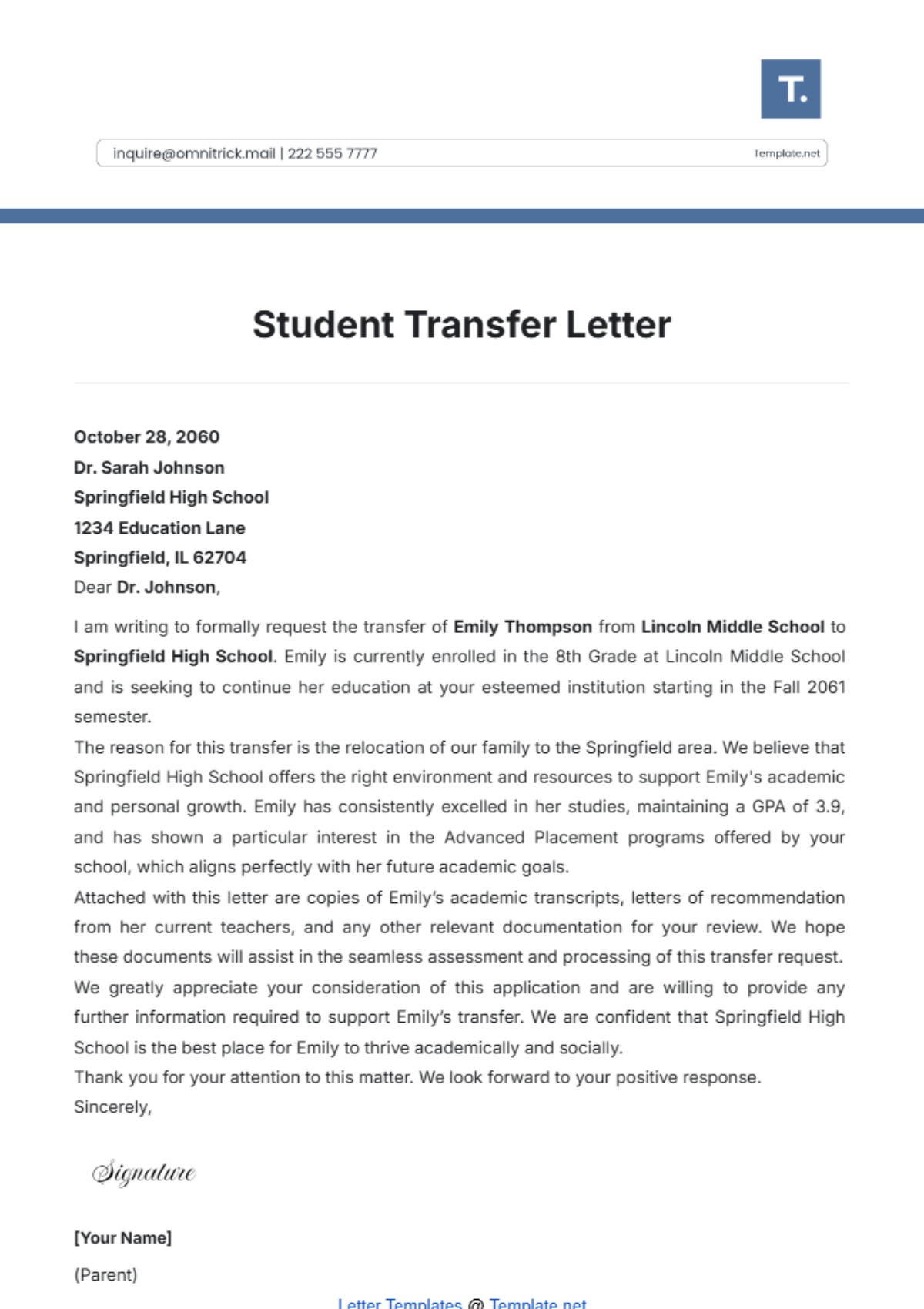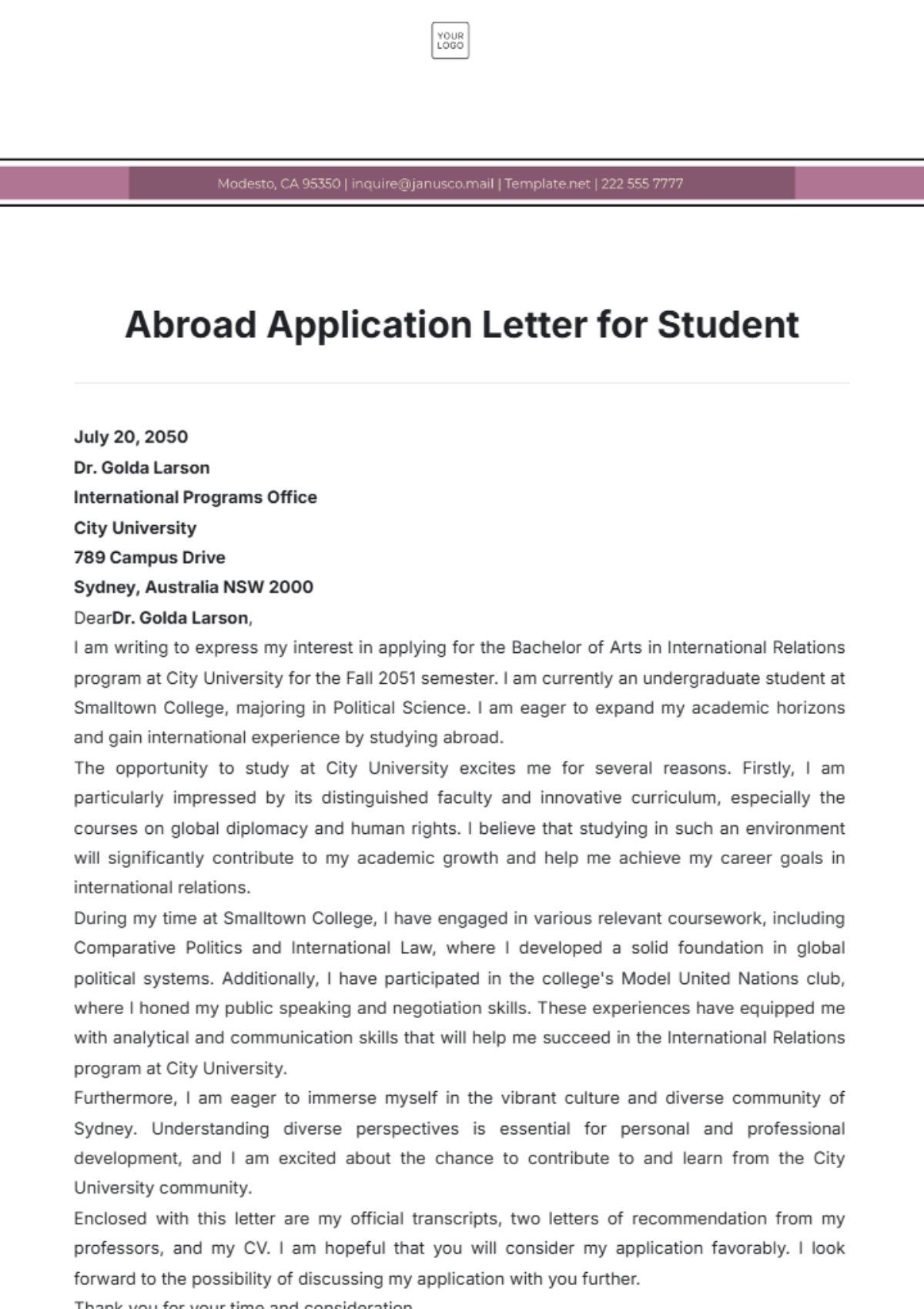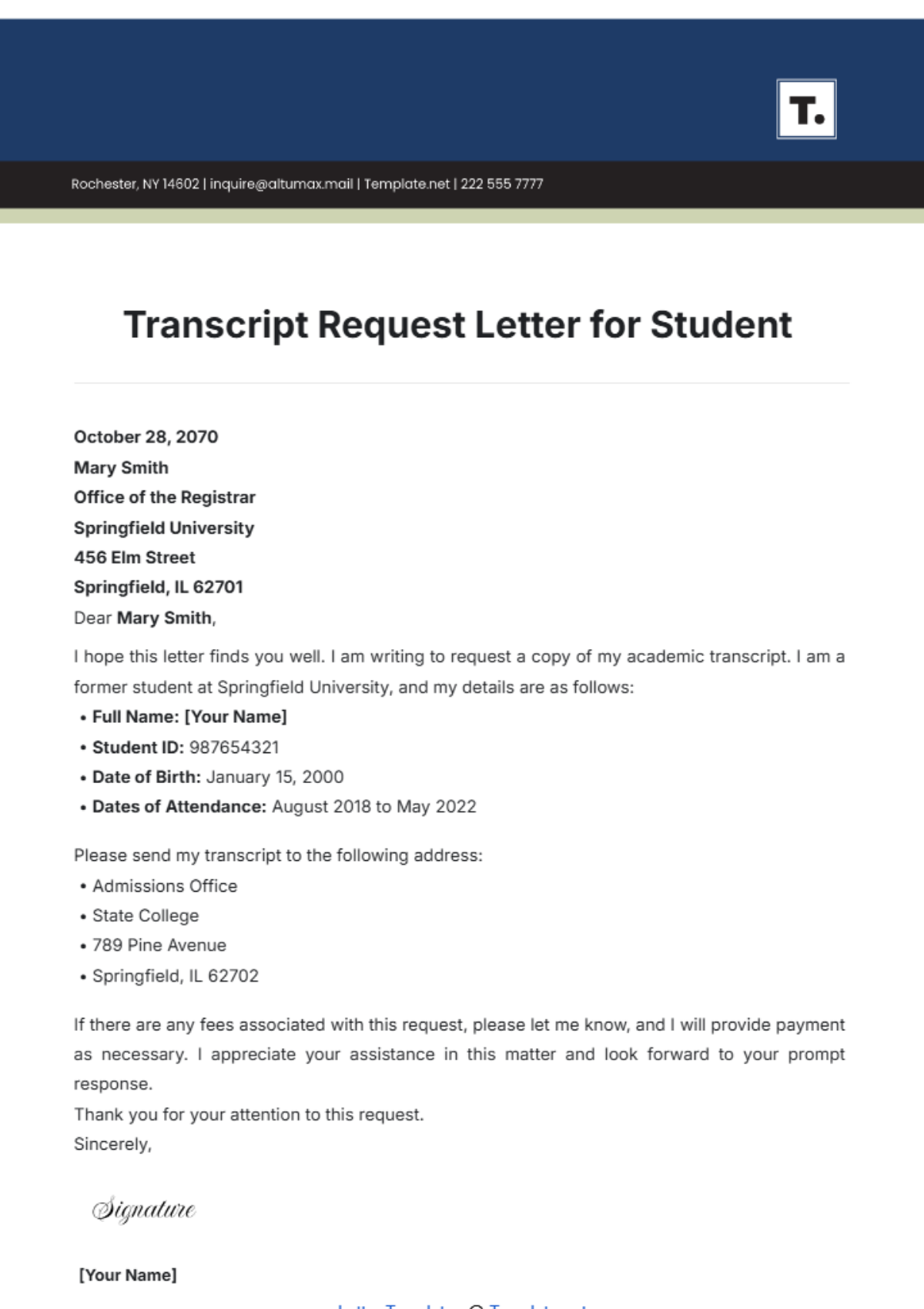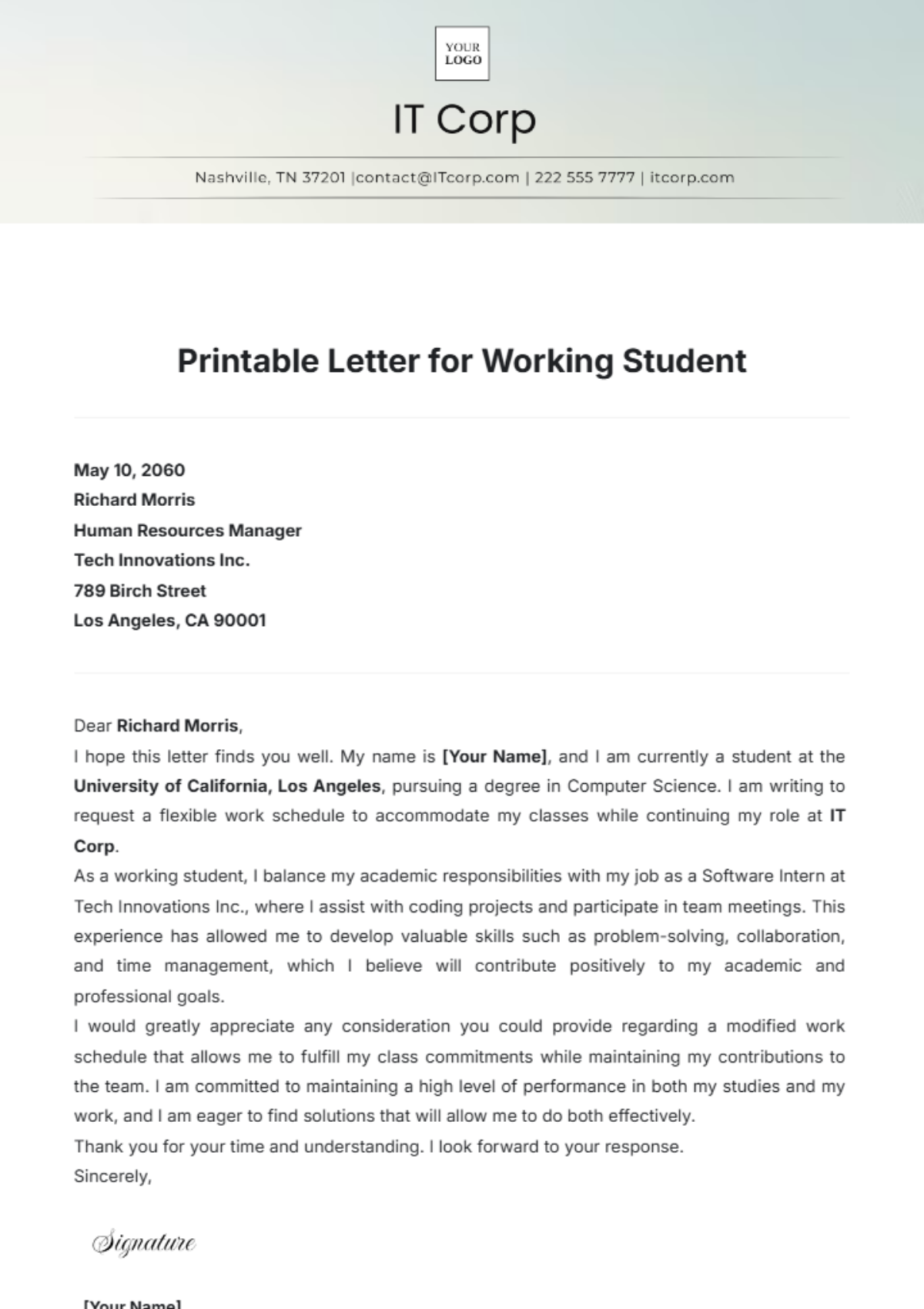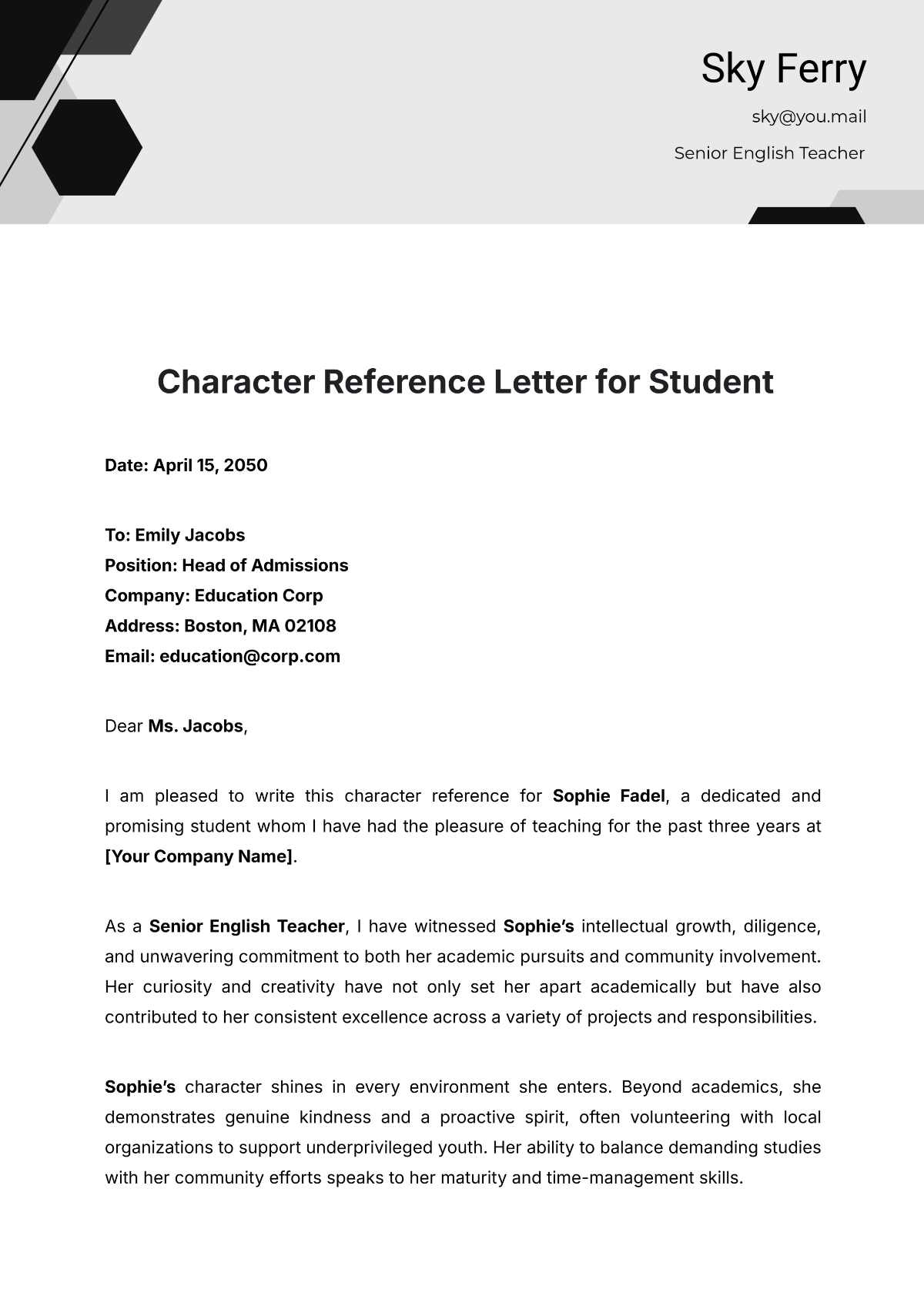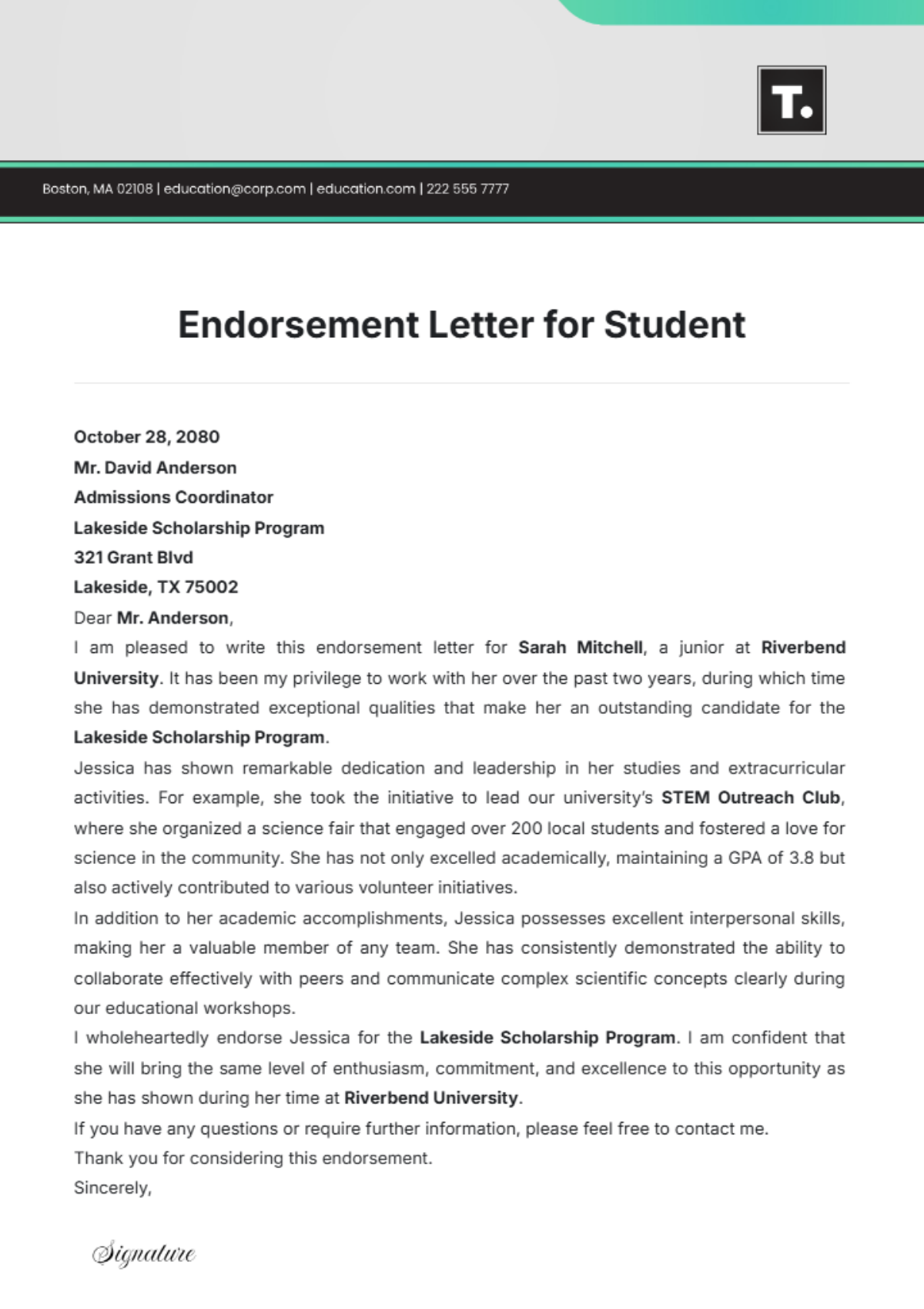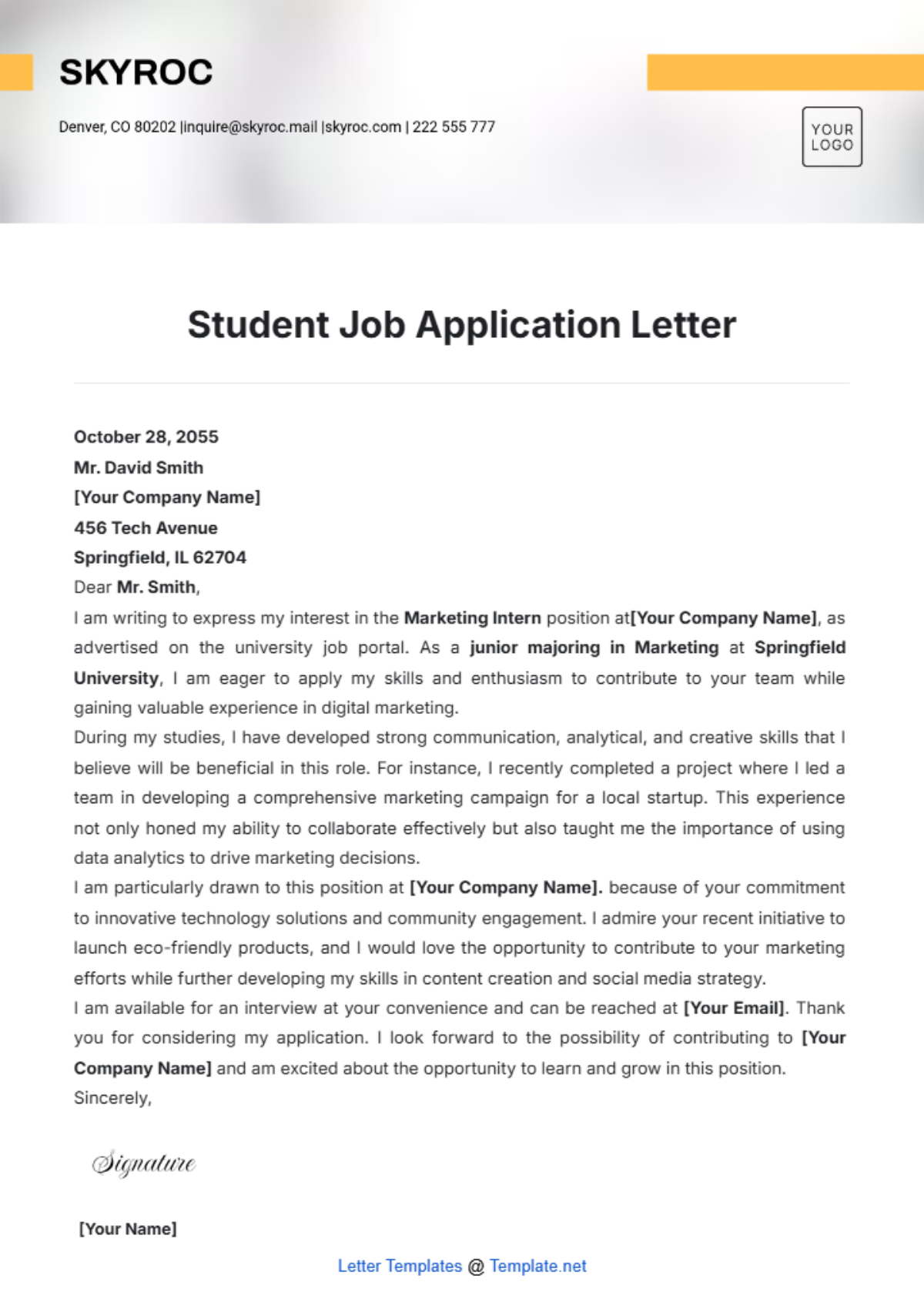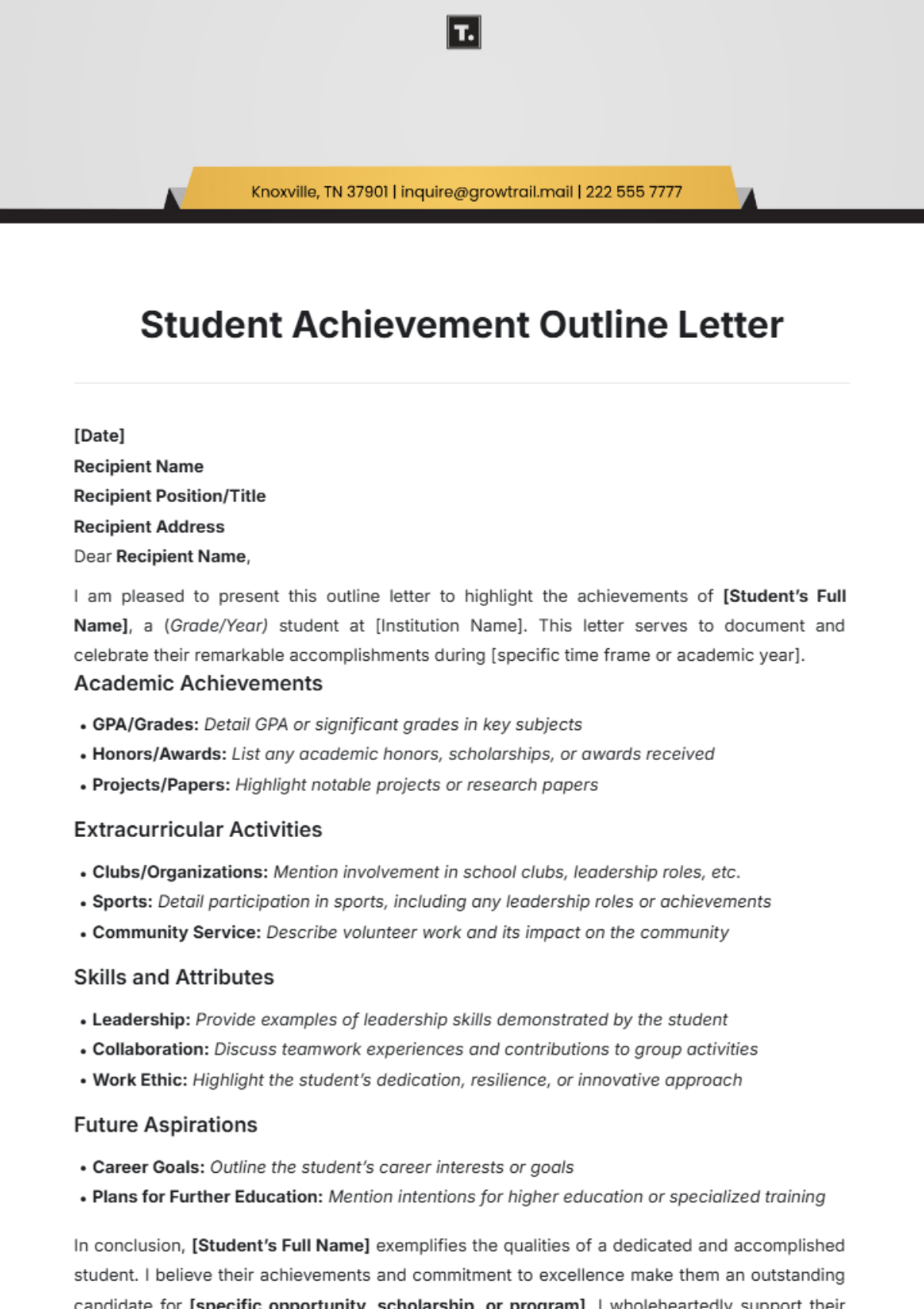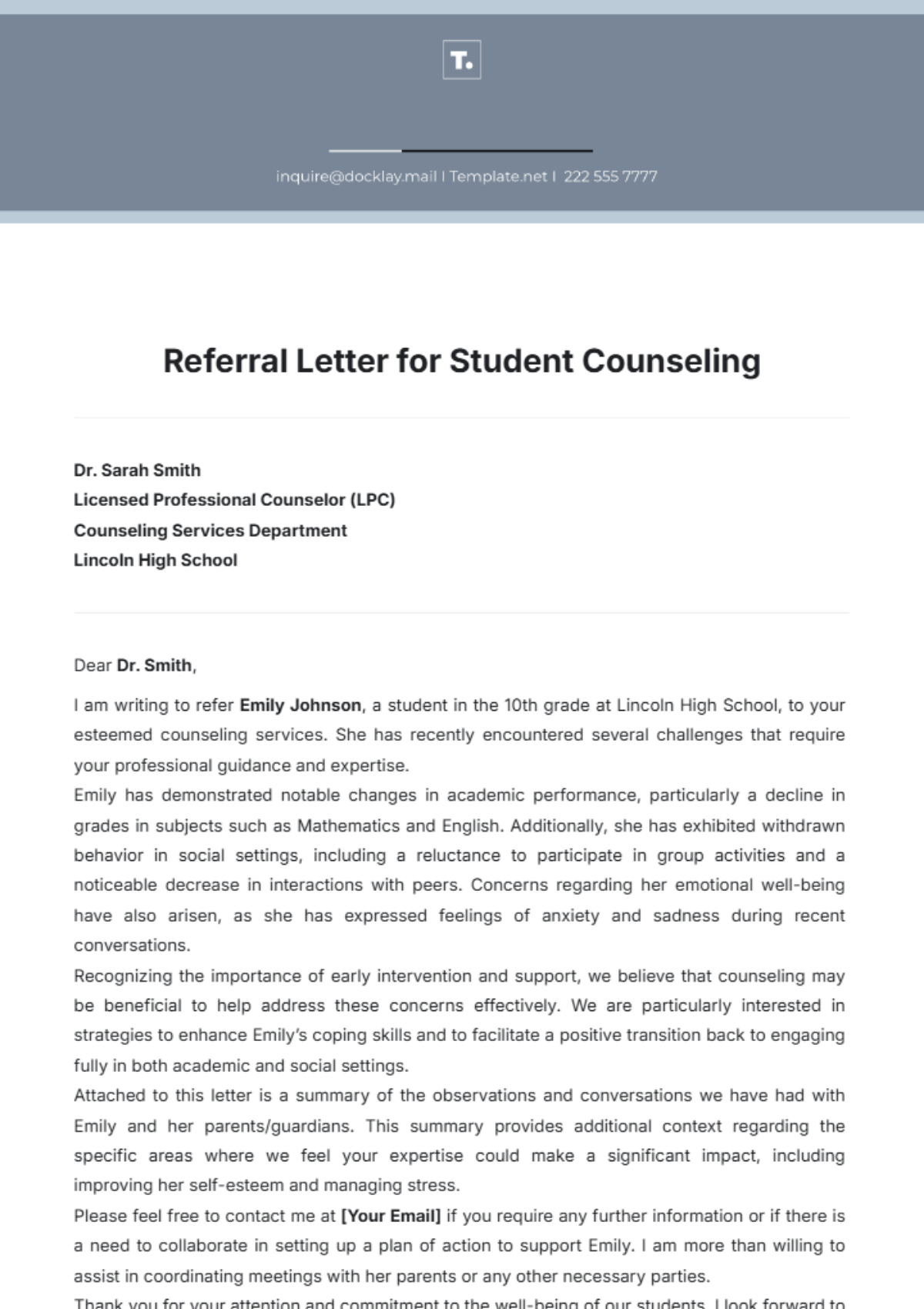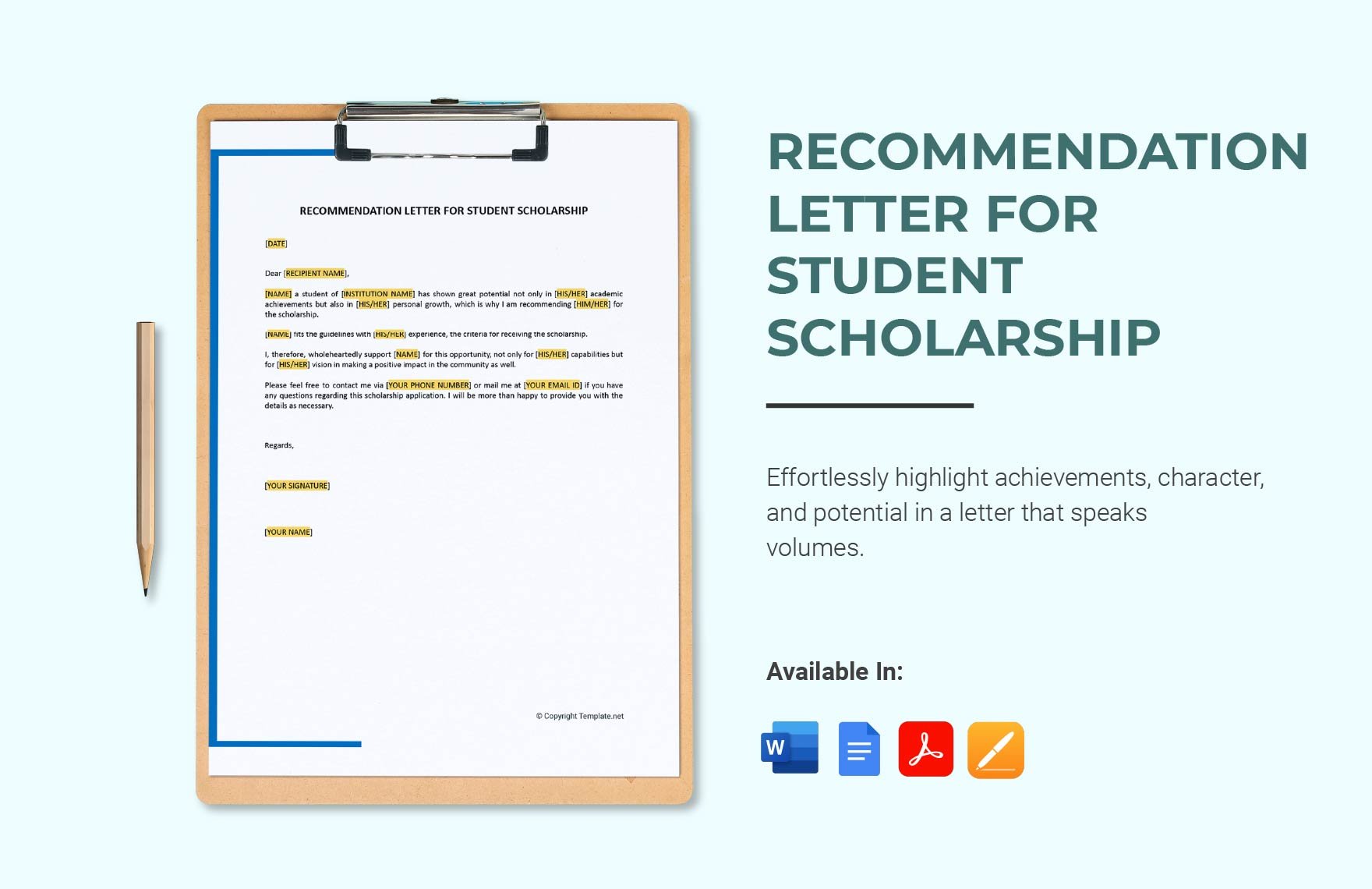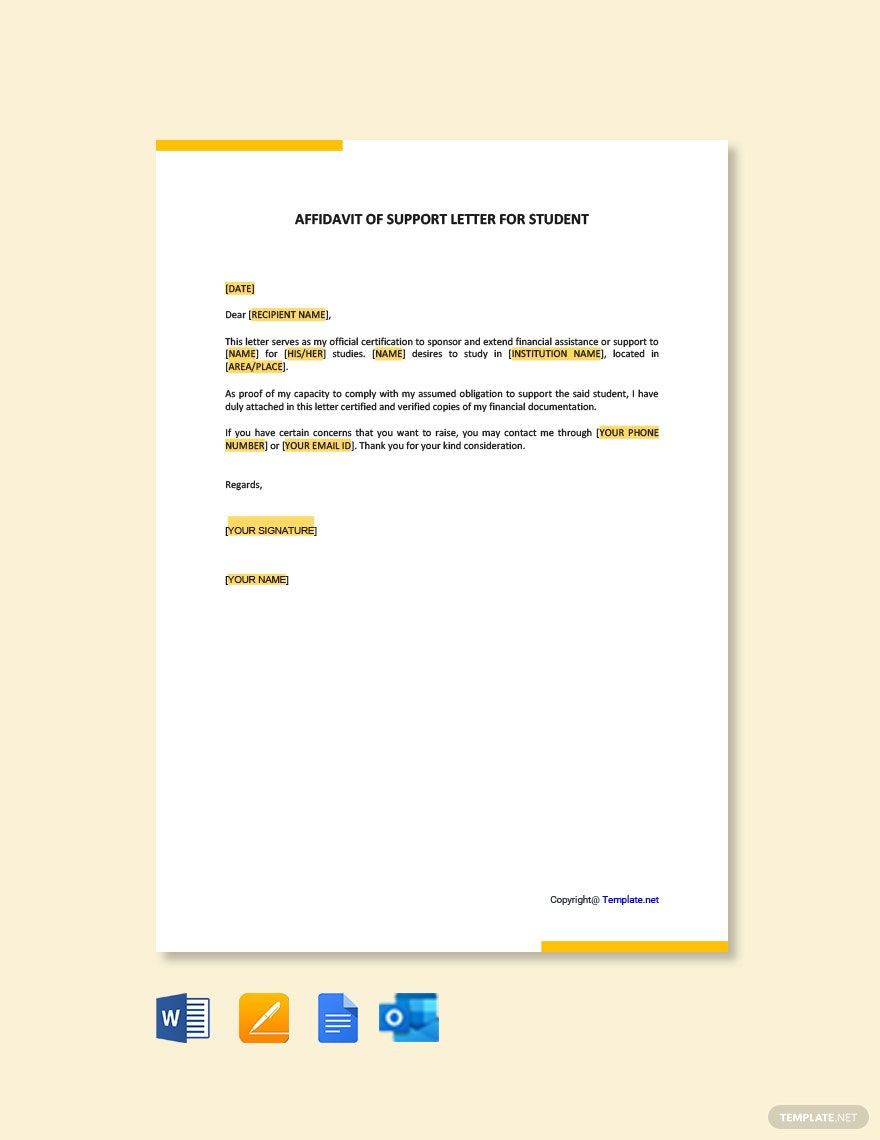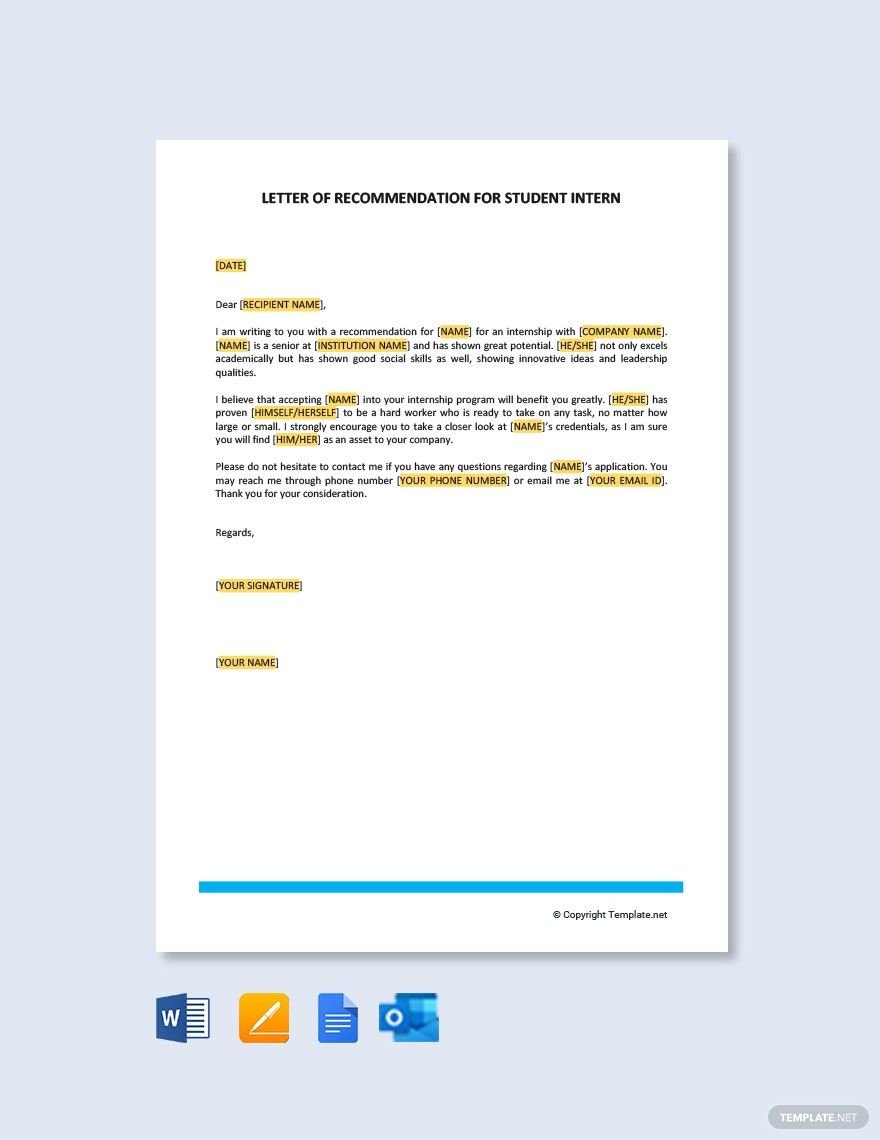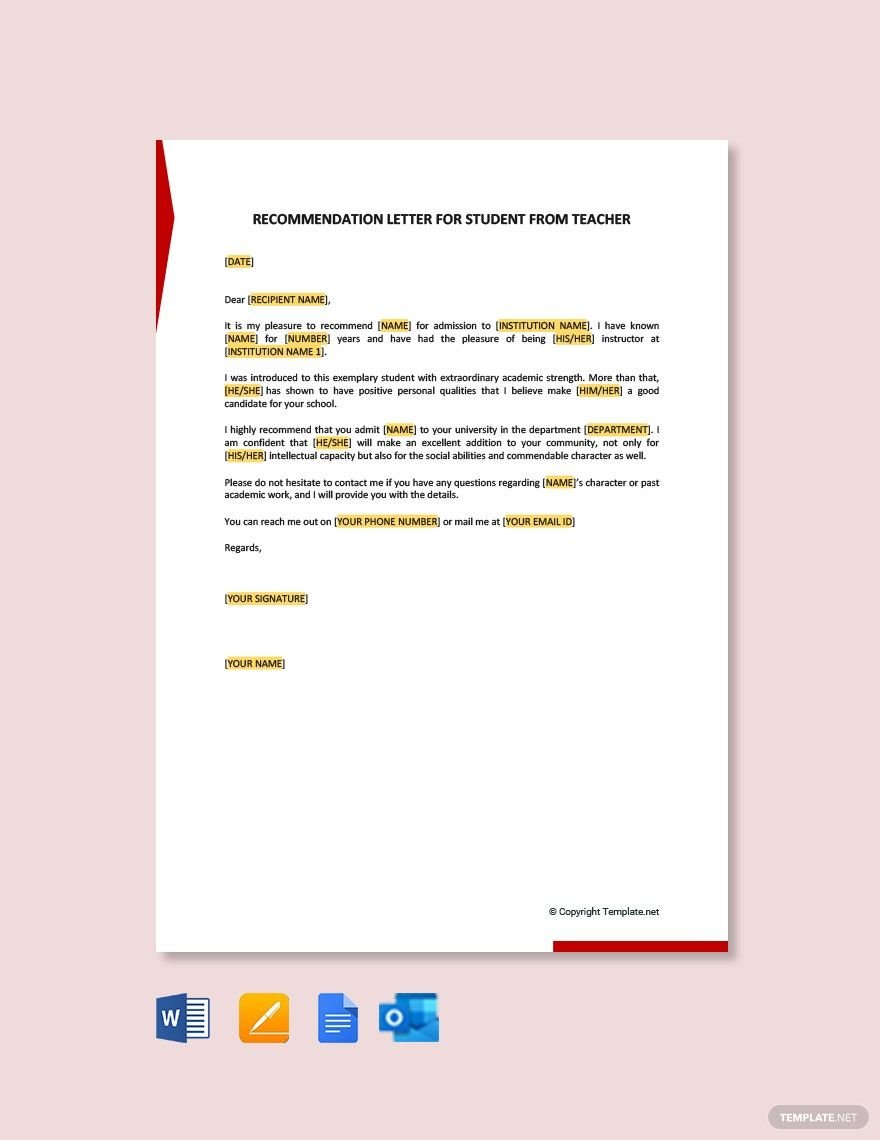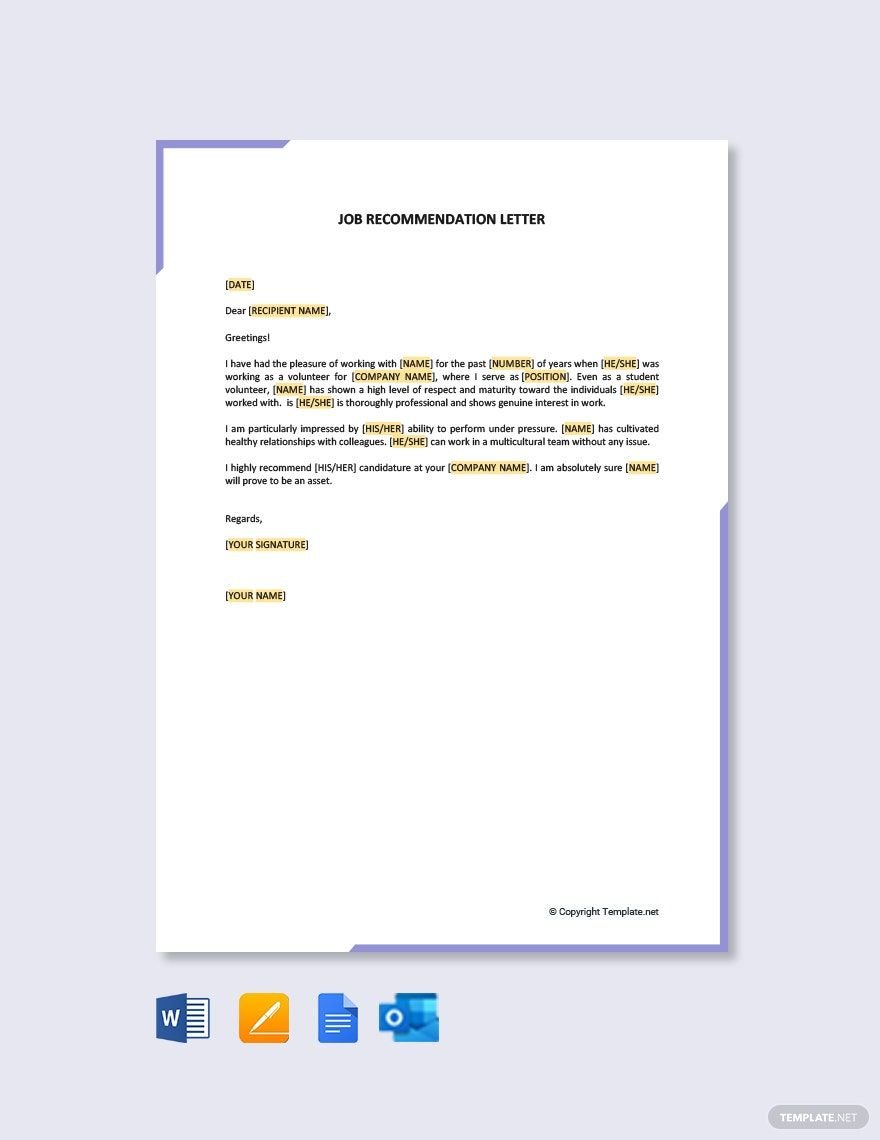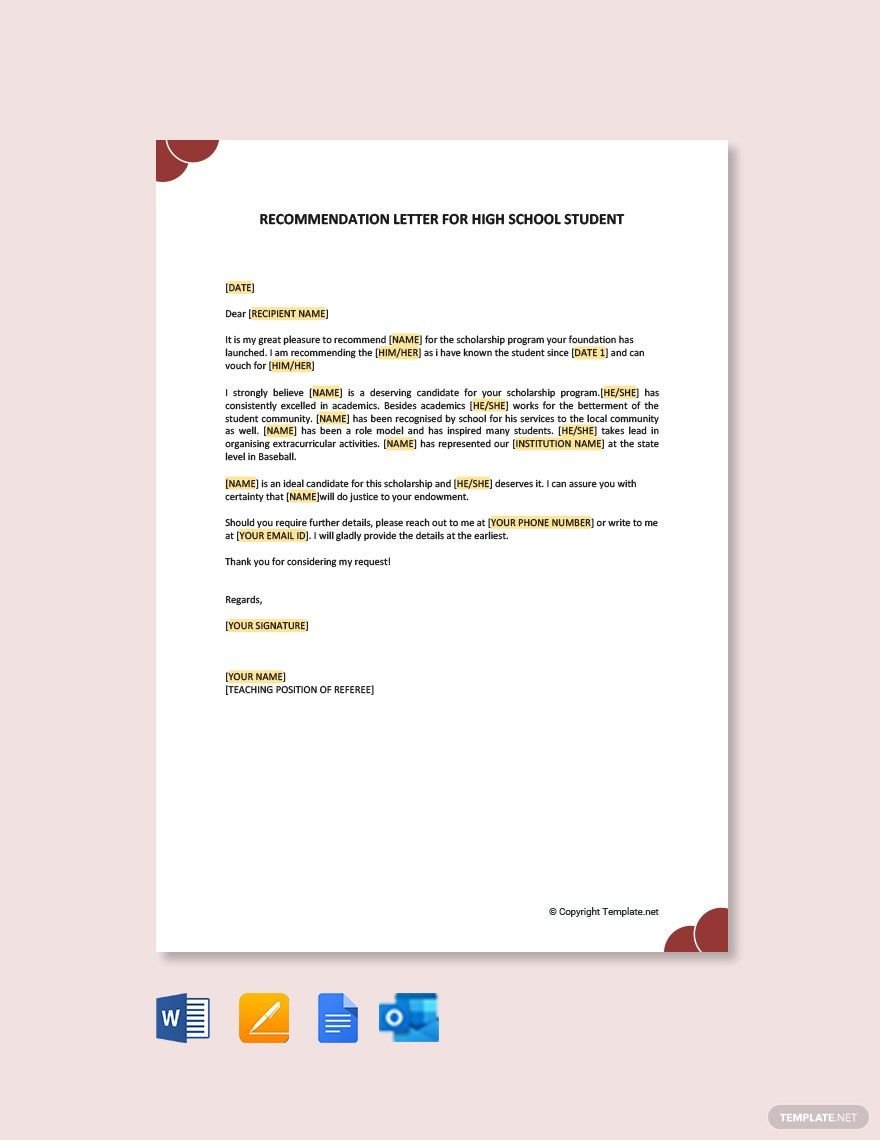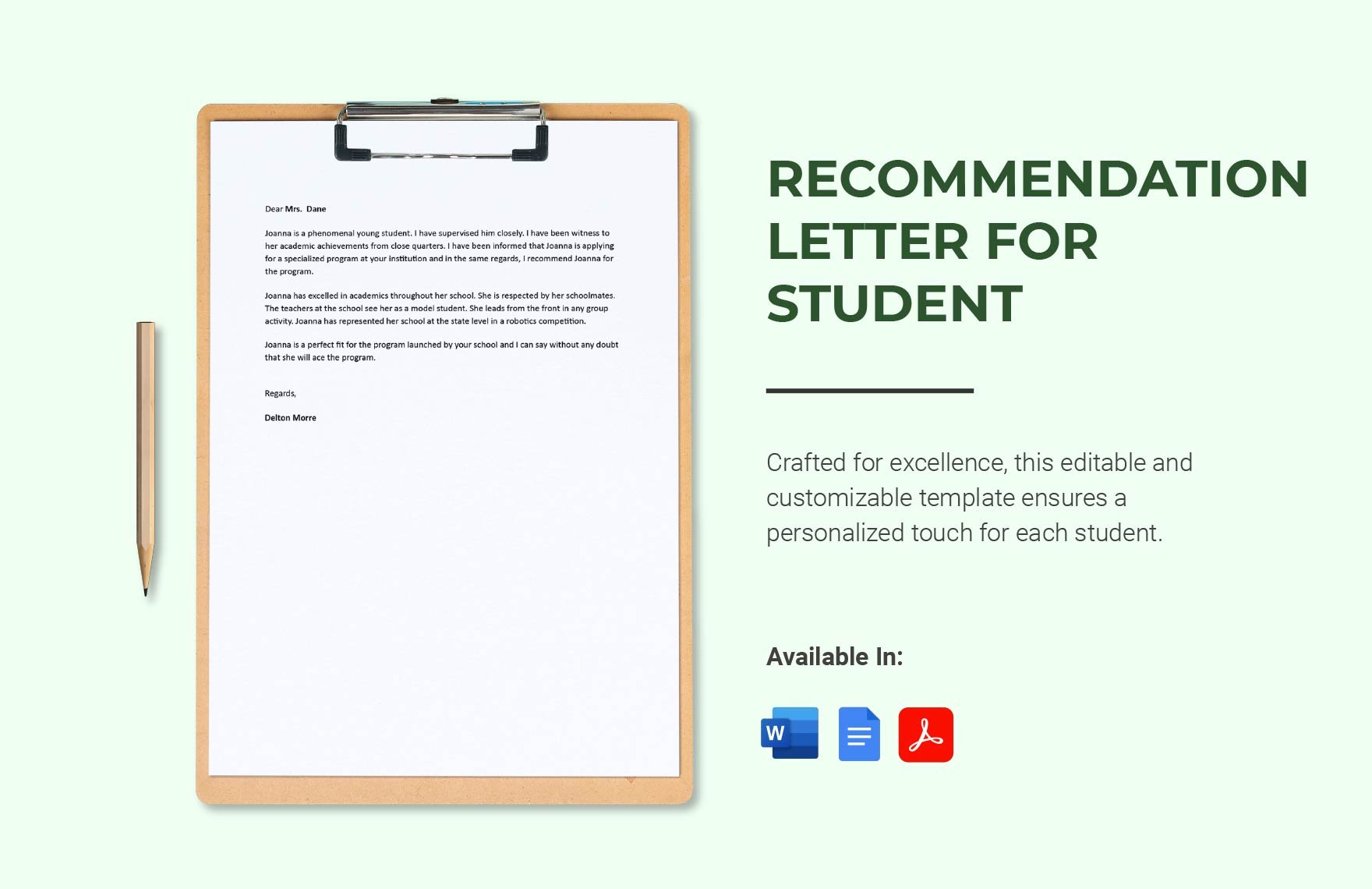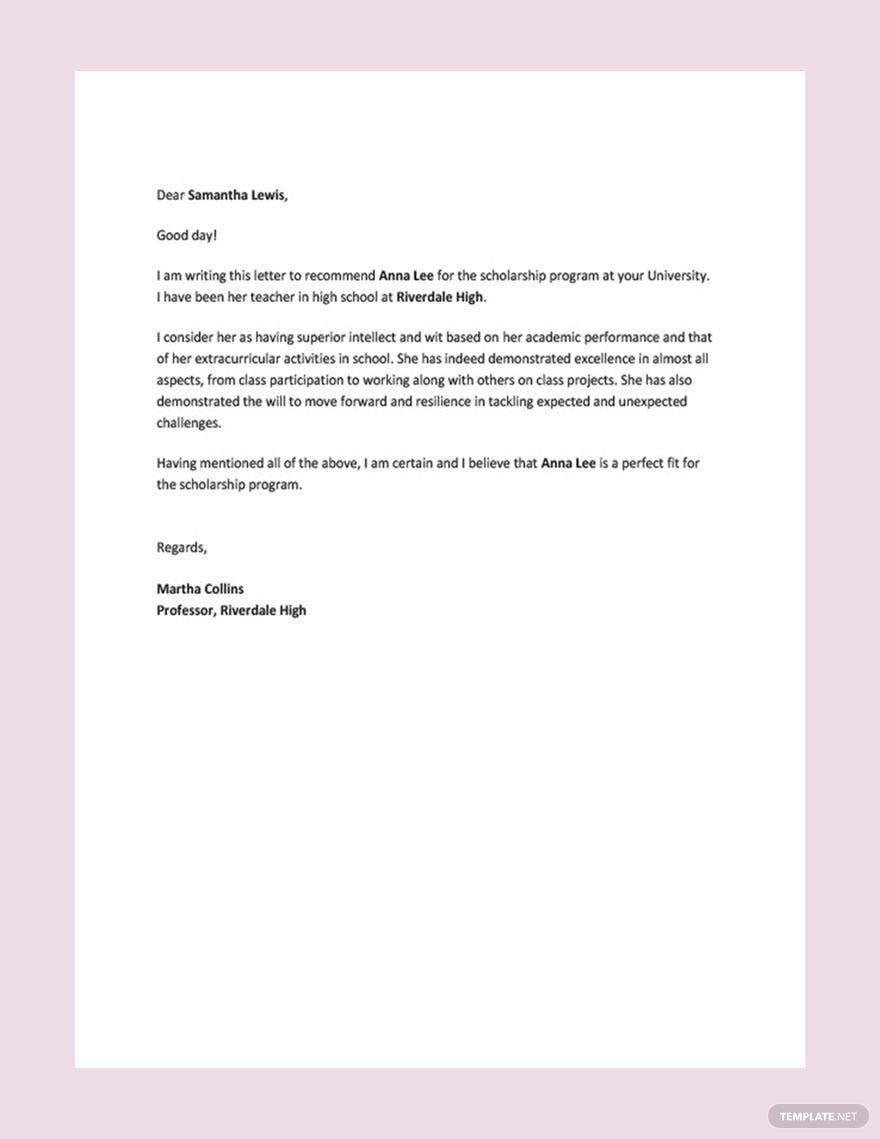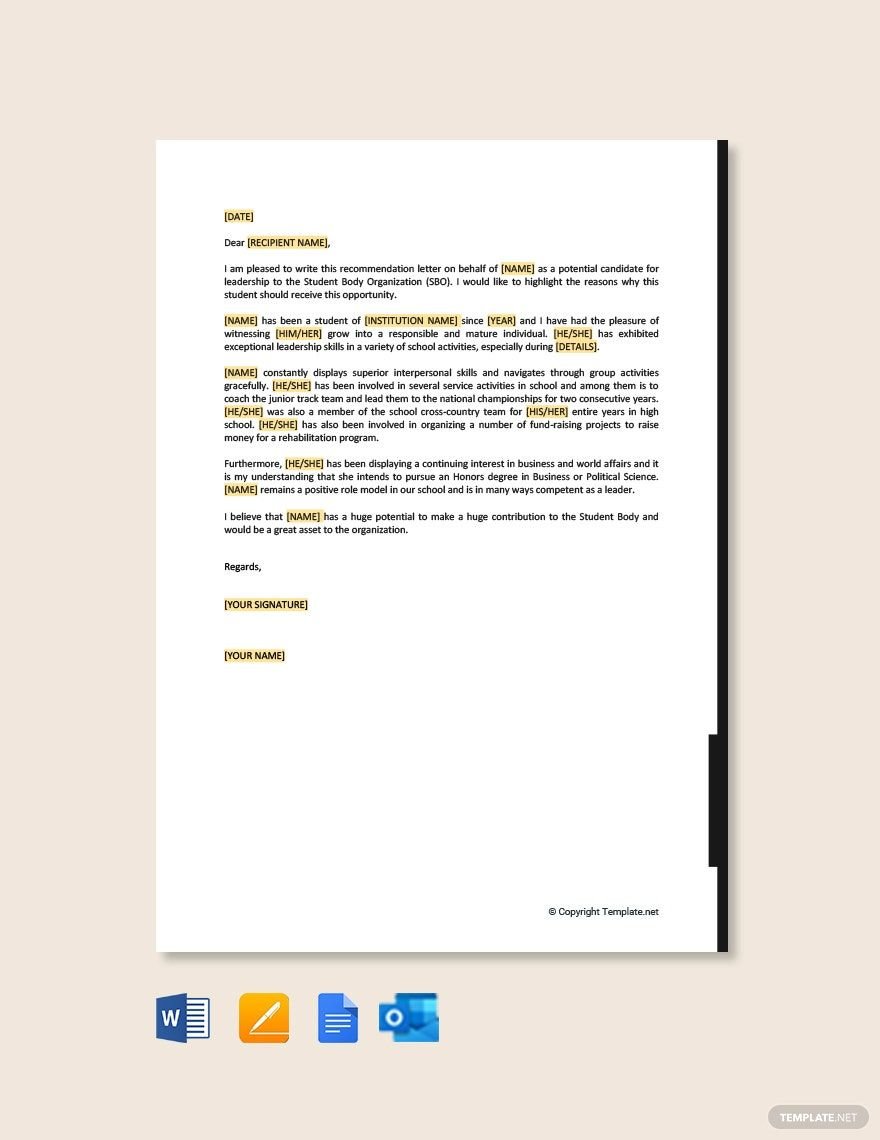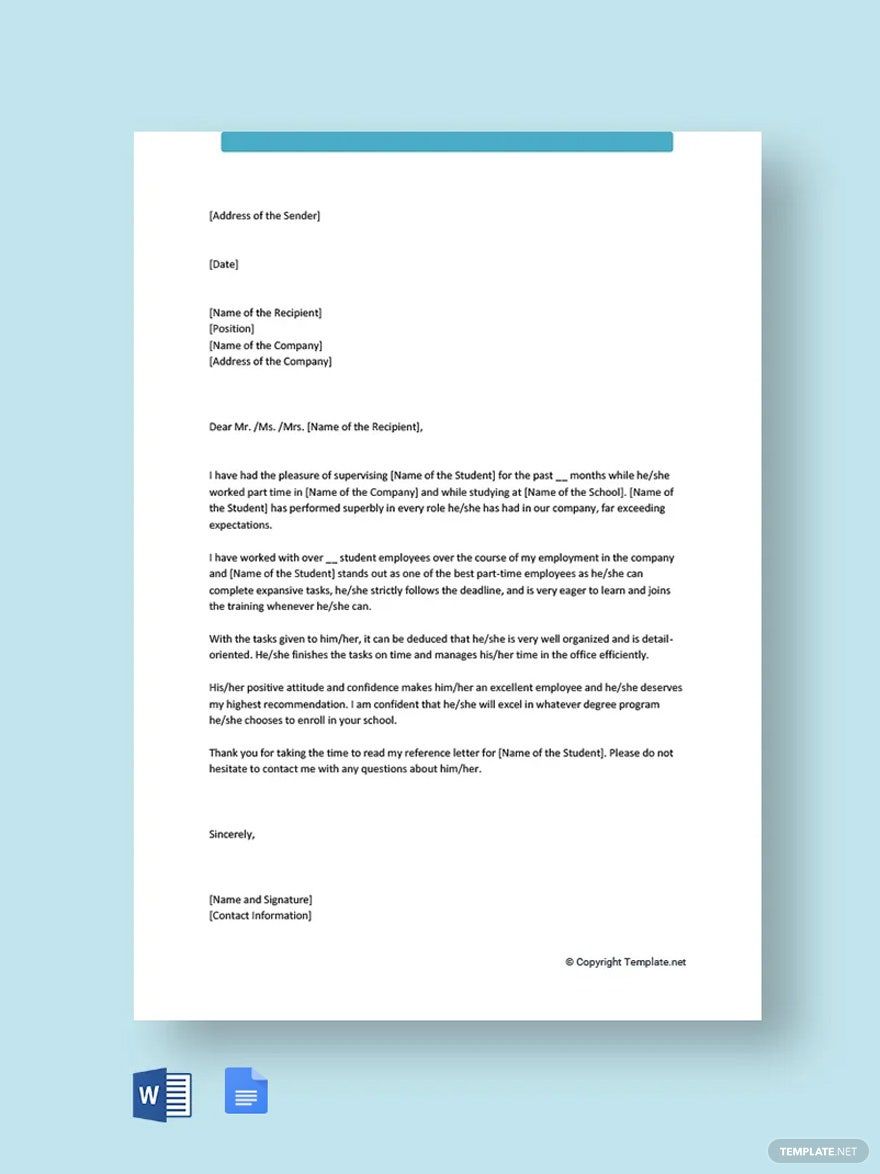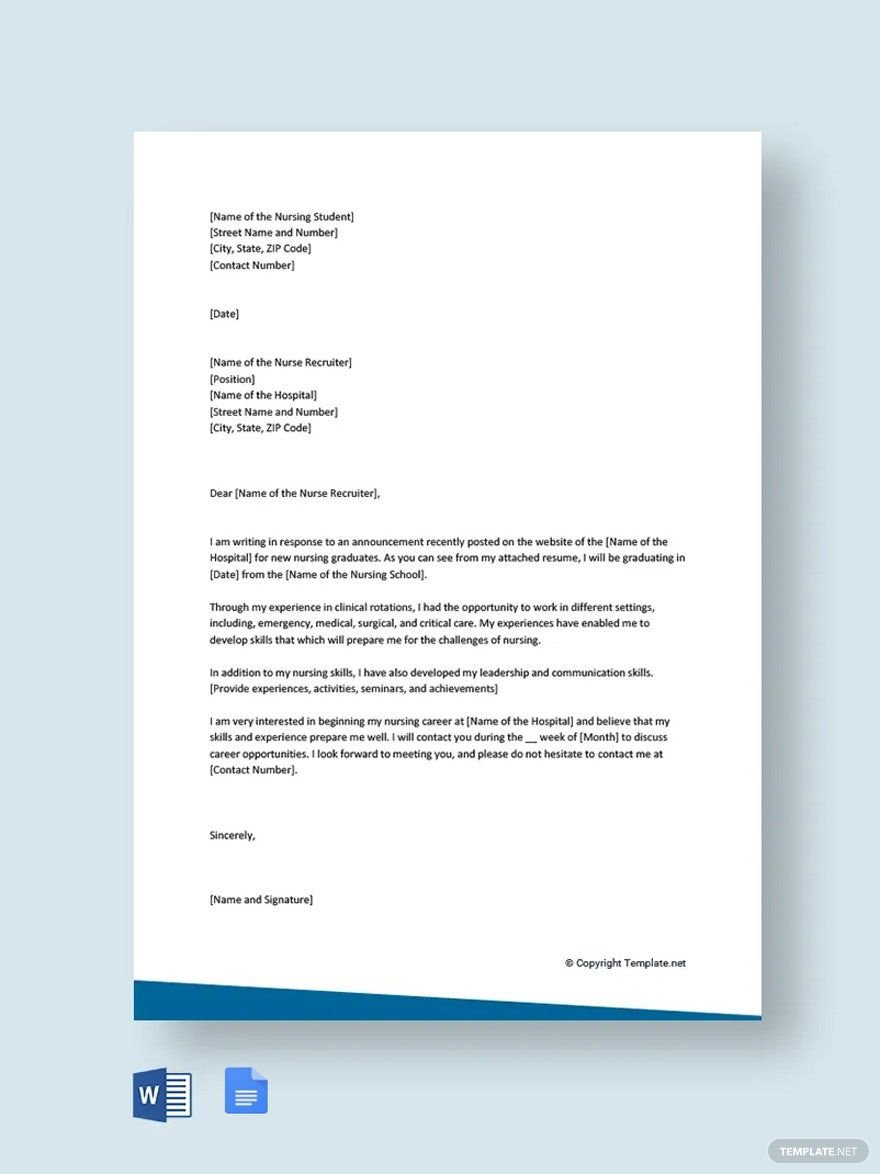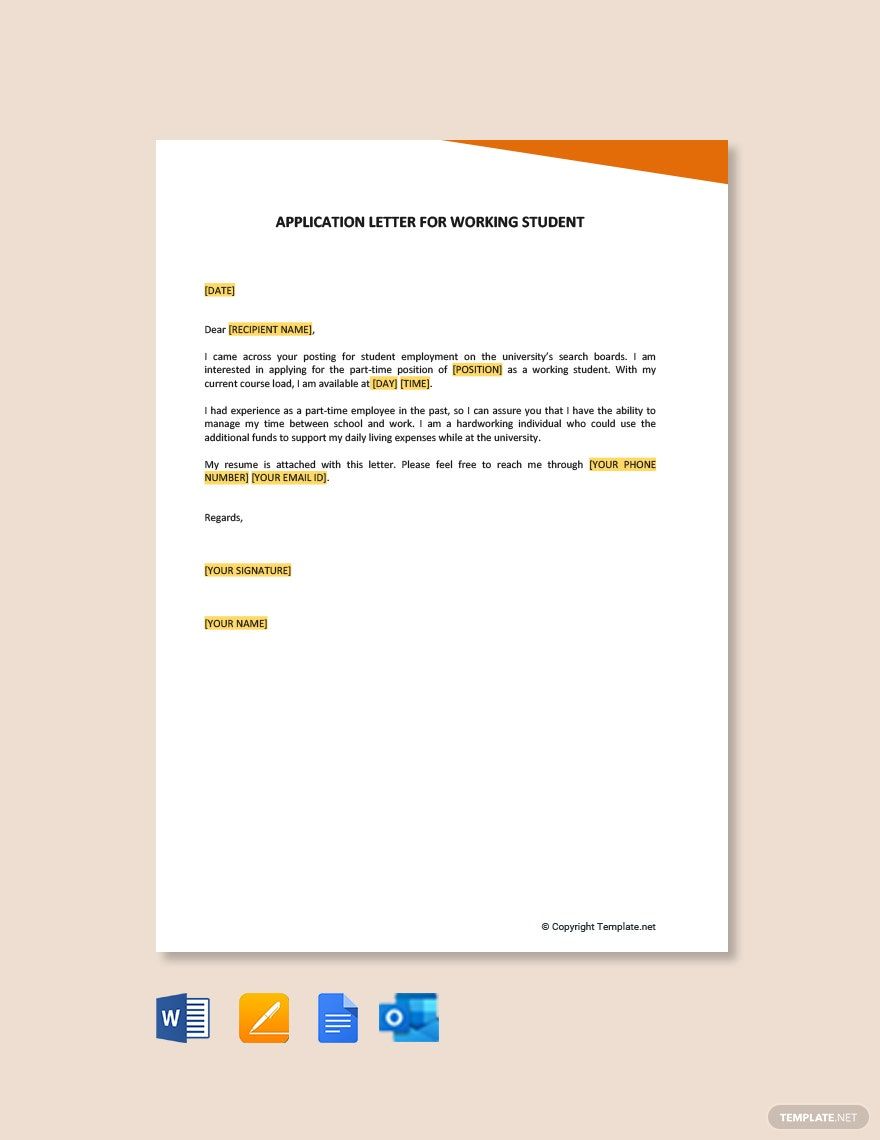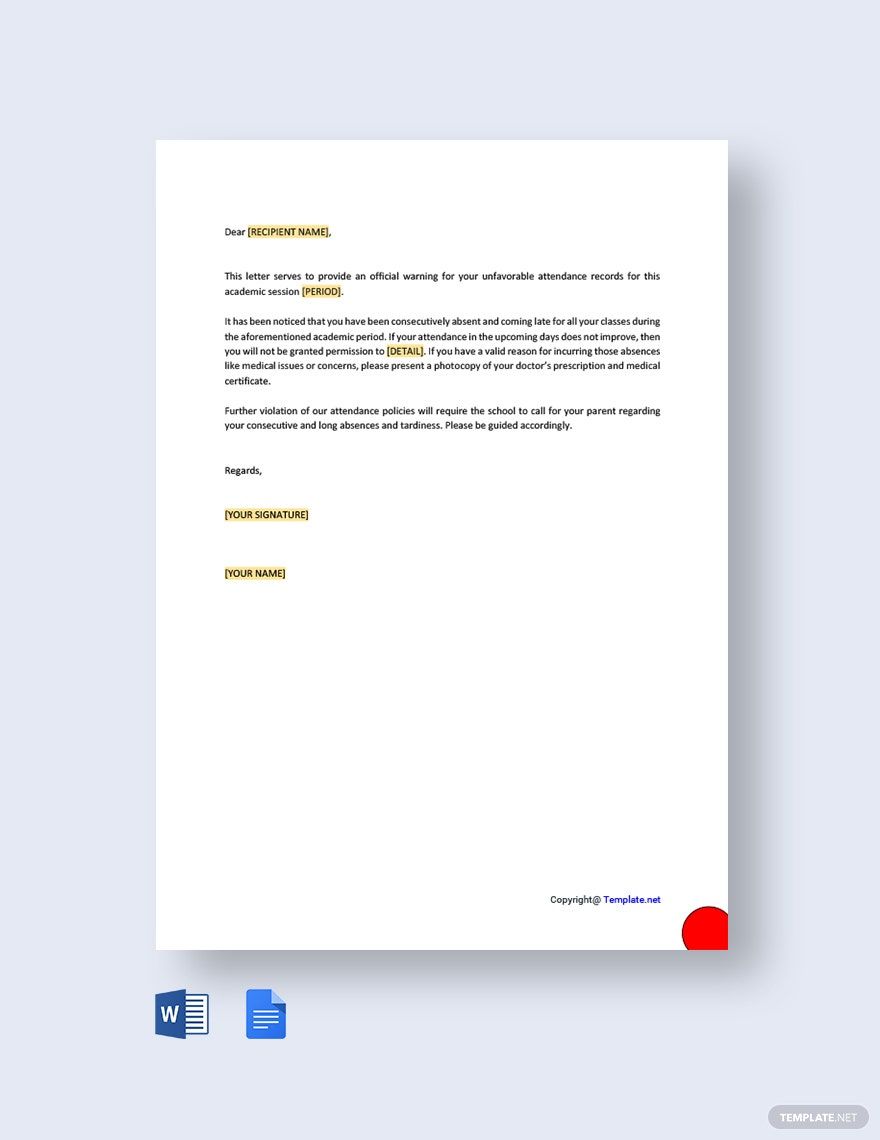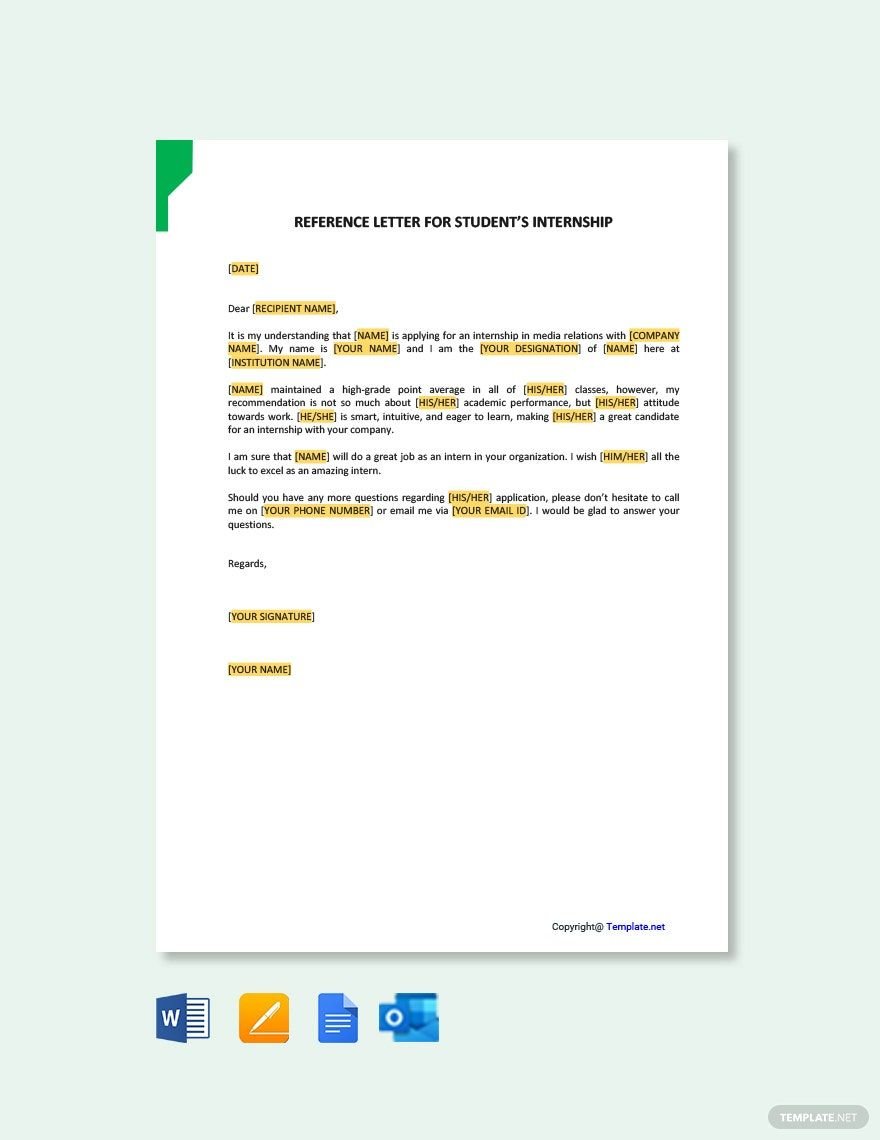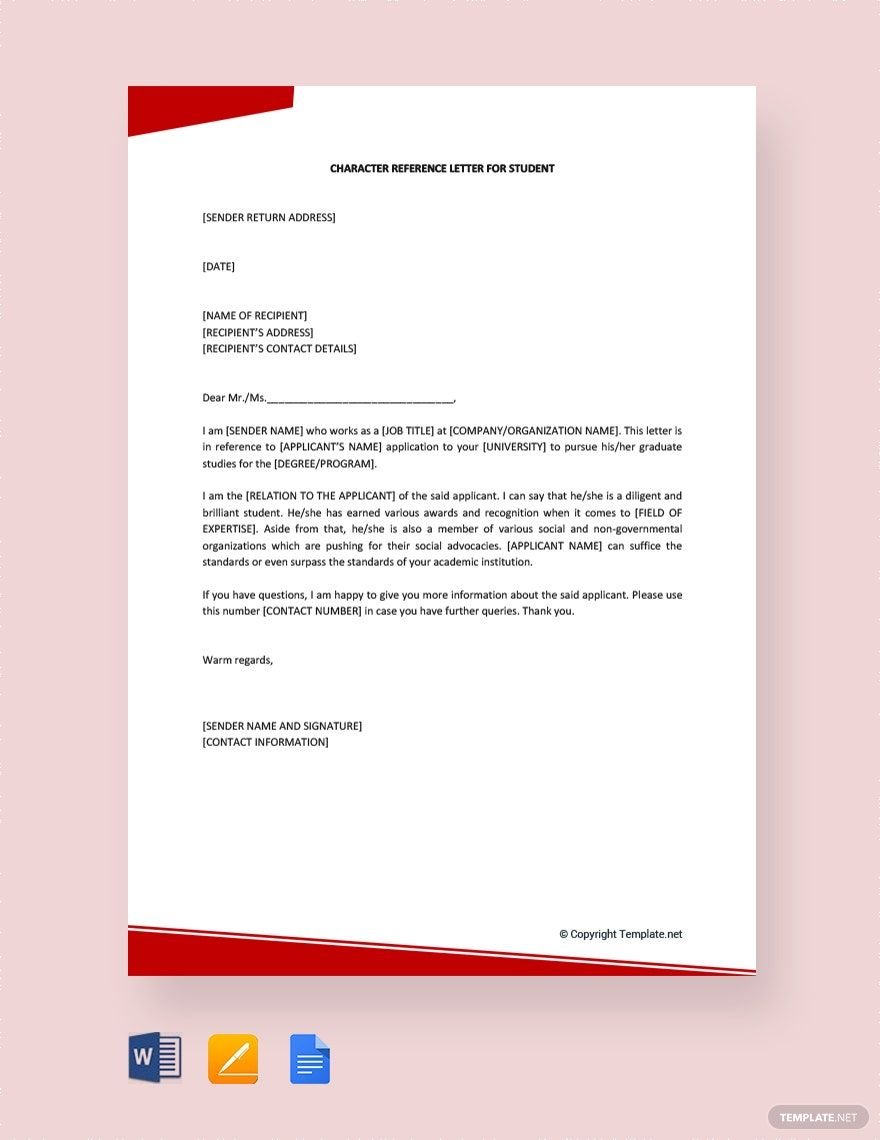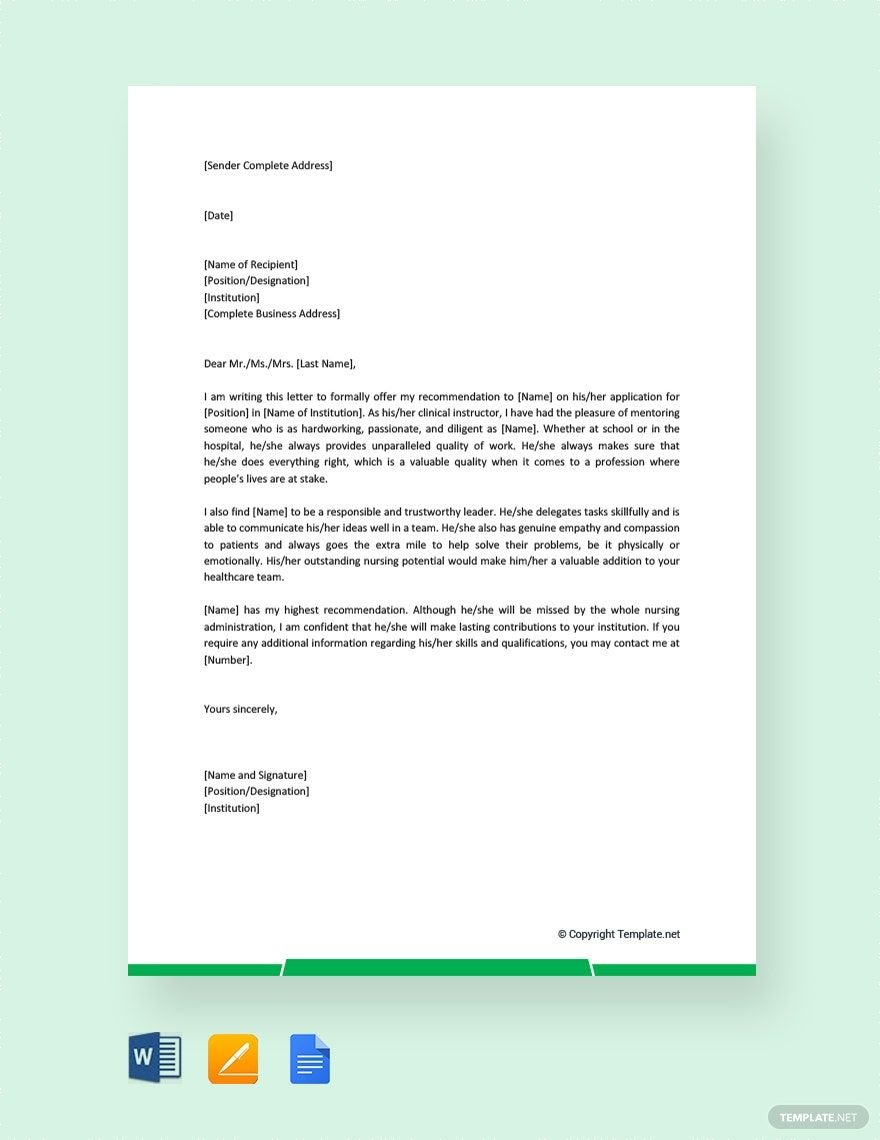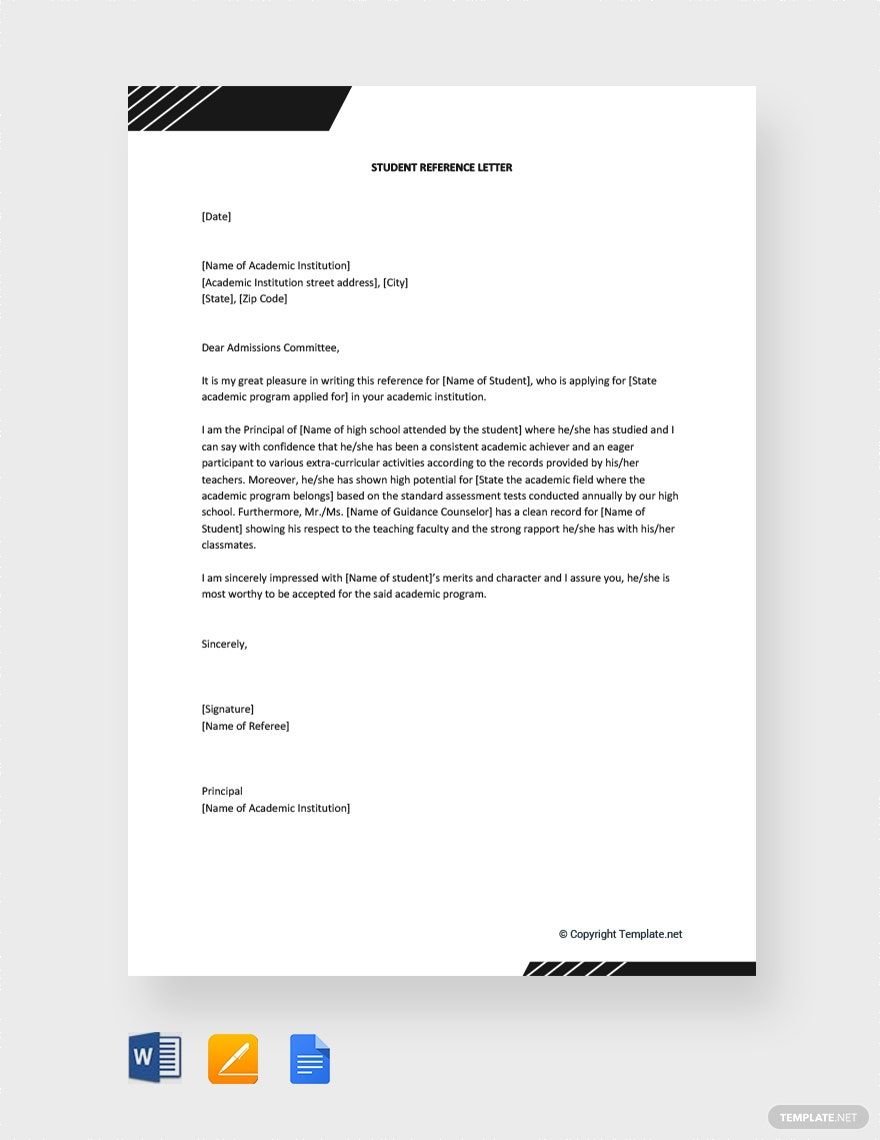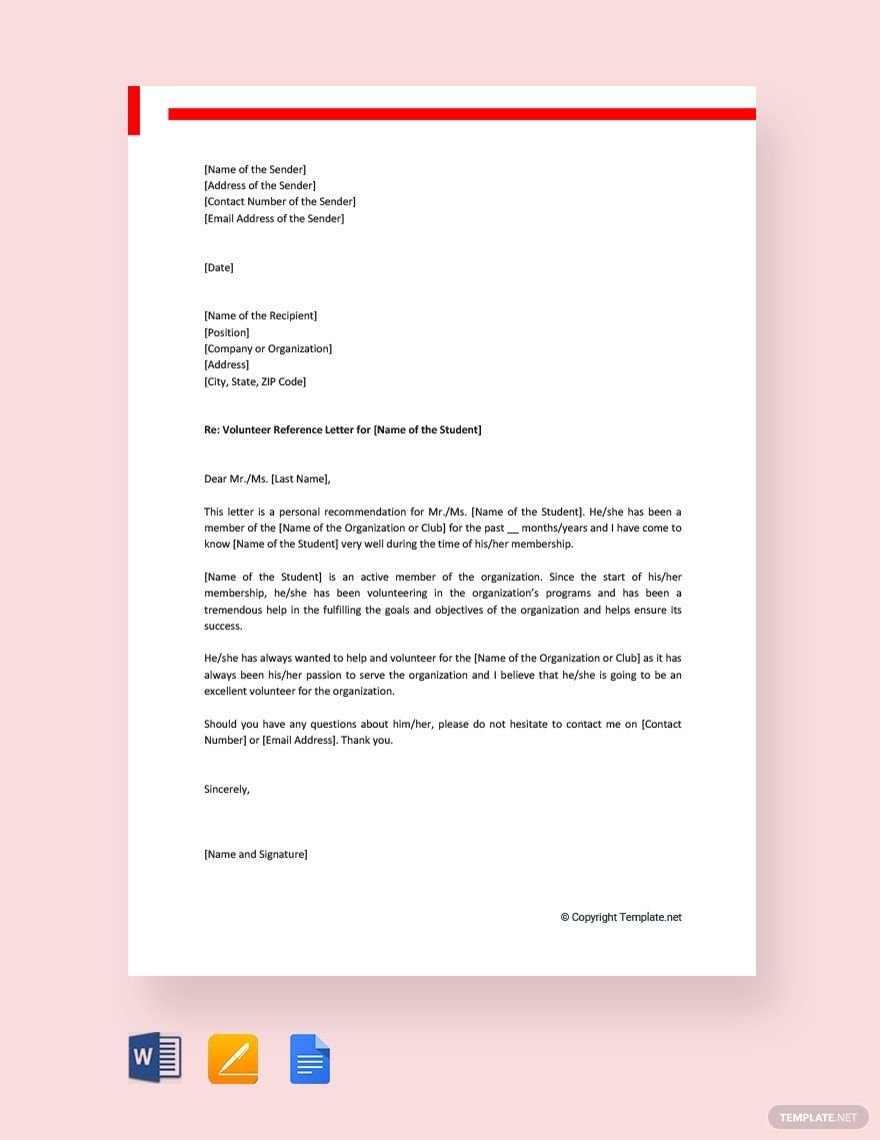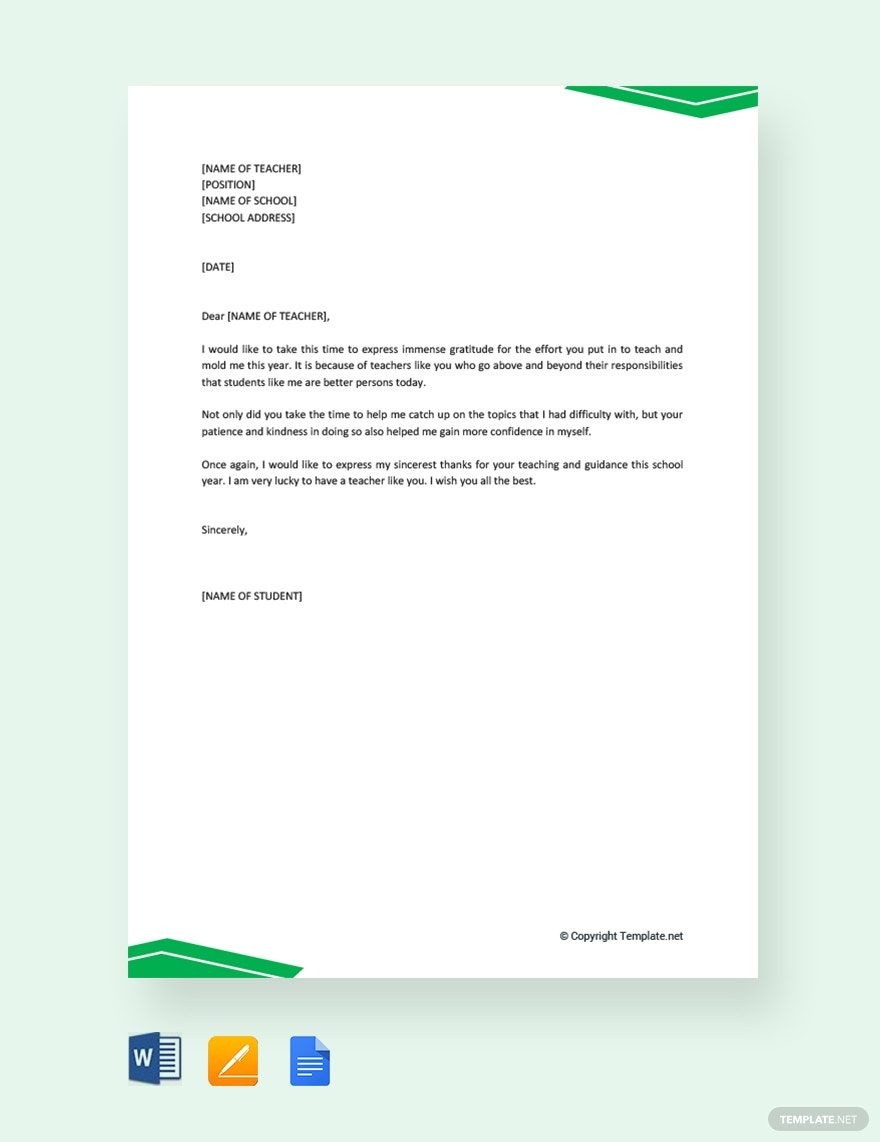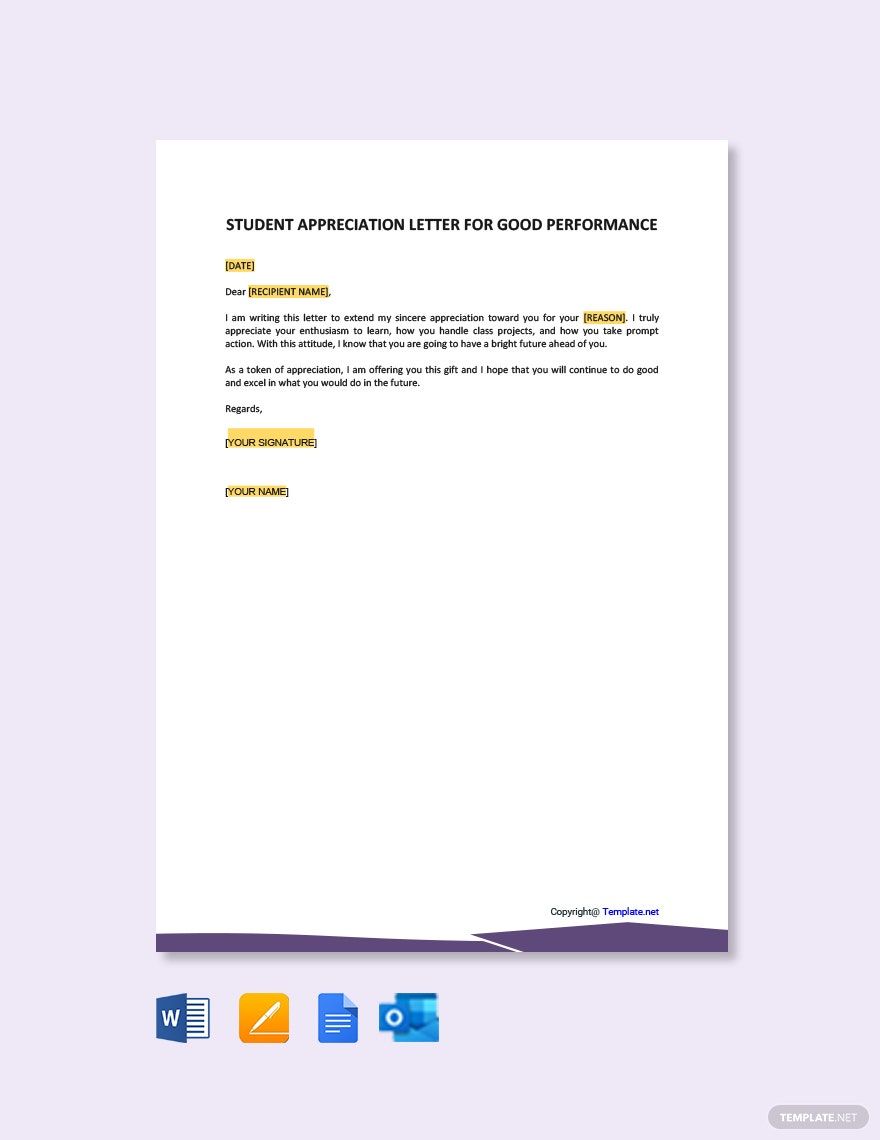Make your Communication Seamless with Student Letter Templates from Template.net
Bring your academic communication to life with Student Letter Templates from Template.net. Perfect for students, educators, and academic institutions, these templates empower you to create professional, articulate, and engaging letters. Whether you need to draft a compelling cover letter for a job application or a formal letter for a school event, our templates offer the perfect solution. Each template includes essential details such as contact information and dates, ensuring your letters are well-organized and complete. No specialized skills are required, making it easy for anyone to craft professional-grade letters. With customizable layouts suited for social media, print, or digital use, you can seamlessly create documents that meet your every requirement.
Discover the multitude of Student Letter Templates we have on hand to elevate your academic correspondence. Start by selecting the ideal template for your needs, then easily customize by swapping in your own assets and adjusting colors and fonts to align with your brand or personal style. Add advanced touches by dragging and dropping icons or graphics, and consider adding animated effects or AI-powered text tools for a polished finish. The possibilities are endless and completely skill-free, ensuring that anyone can create beautifully tailored documents. With regularly updated templates, you’ll always have access to fresh designs. When you’re finished, download or share your creation via link, print, email, or export with ease, making it ideal for multiple platforms and collaborative projects.
